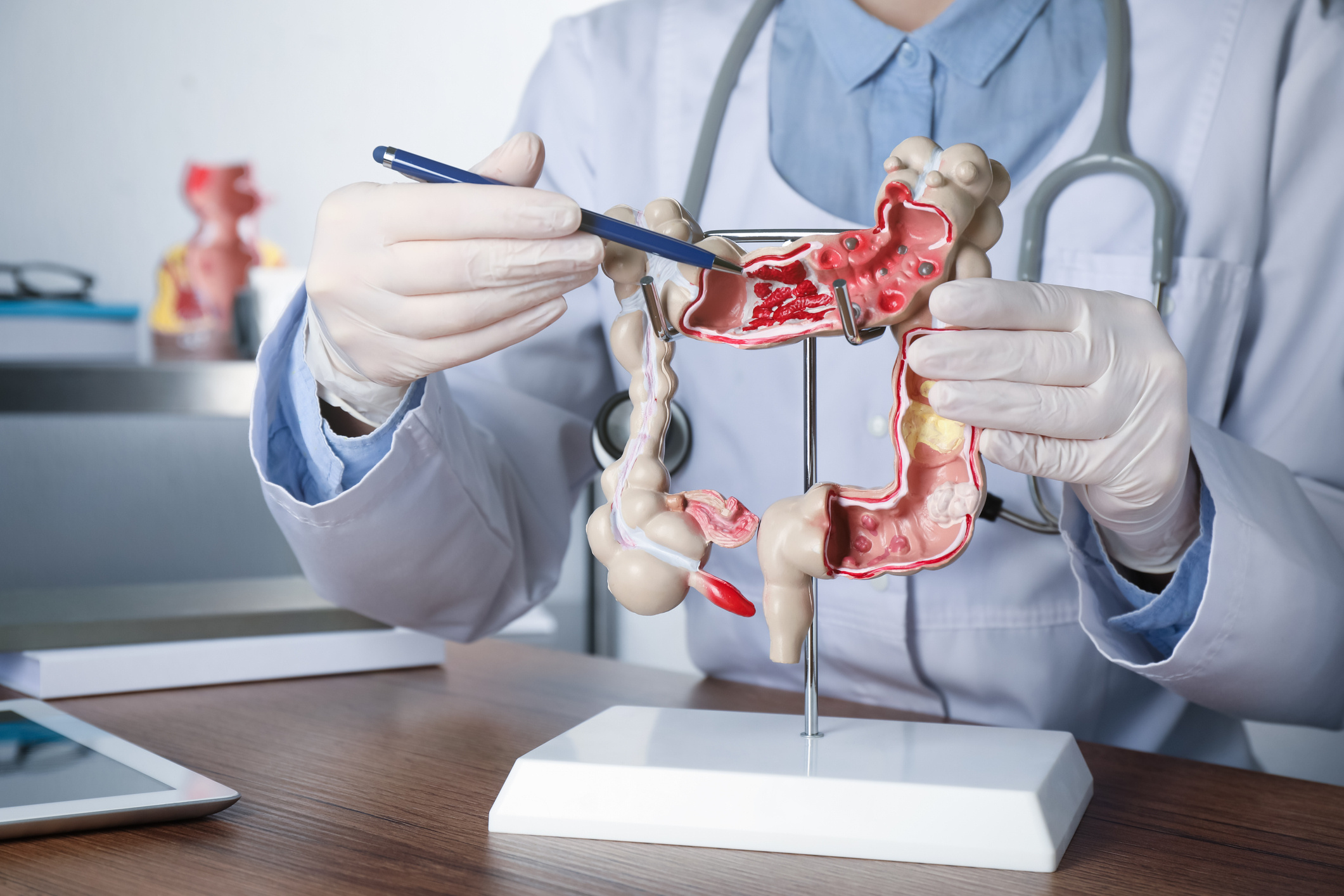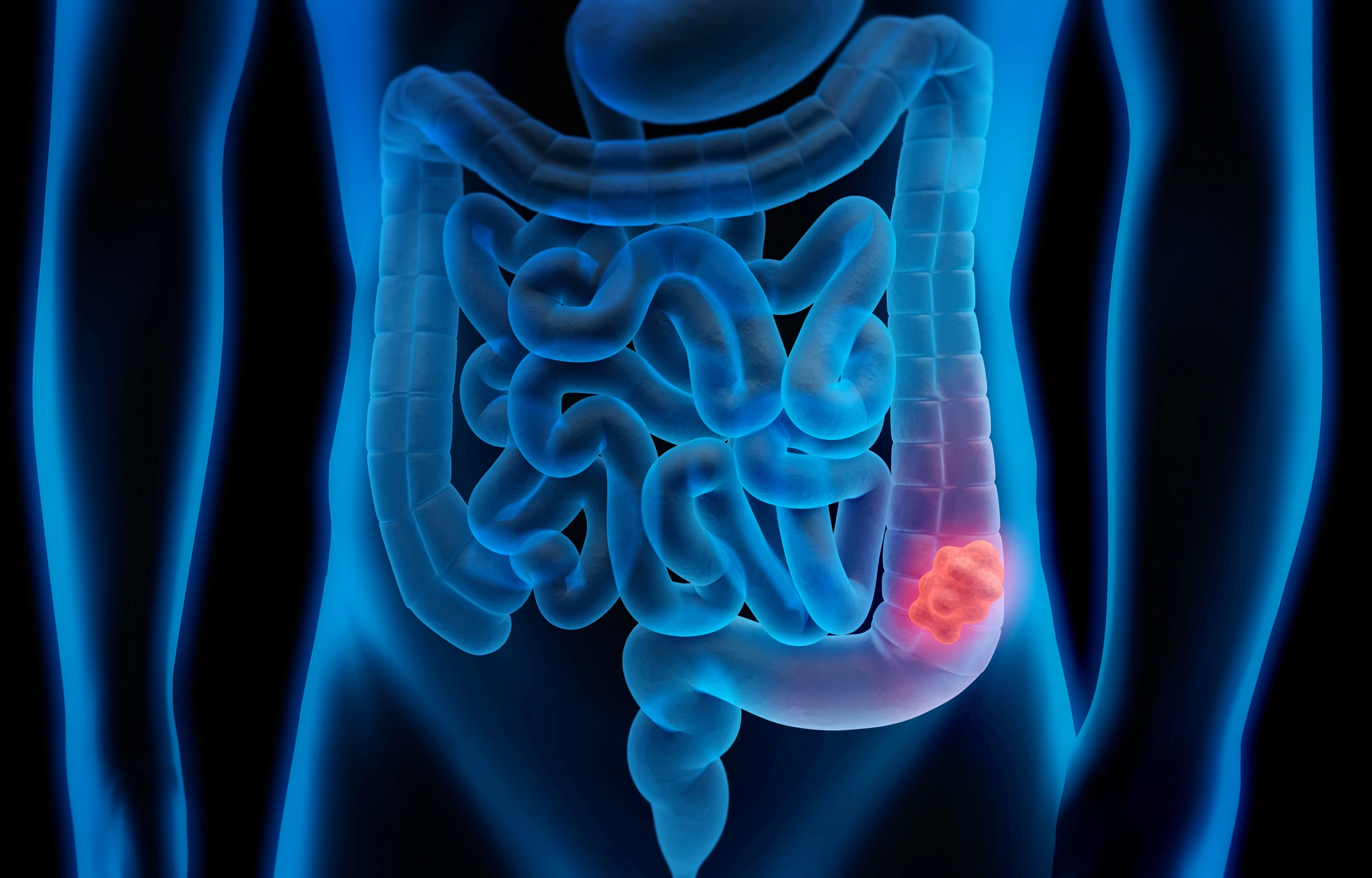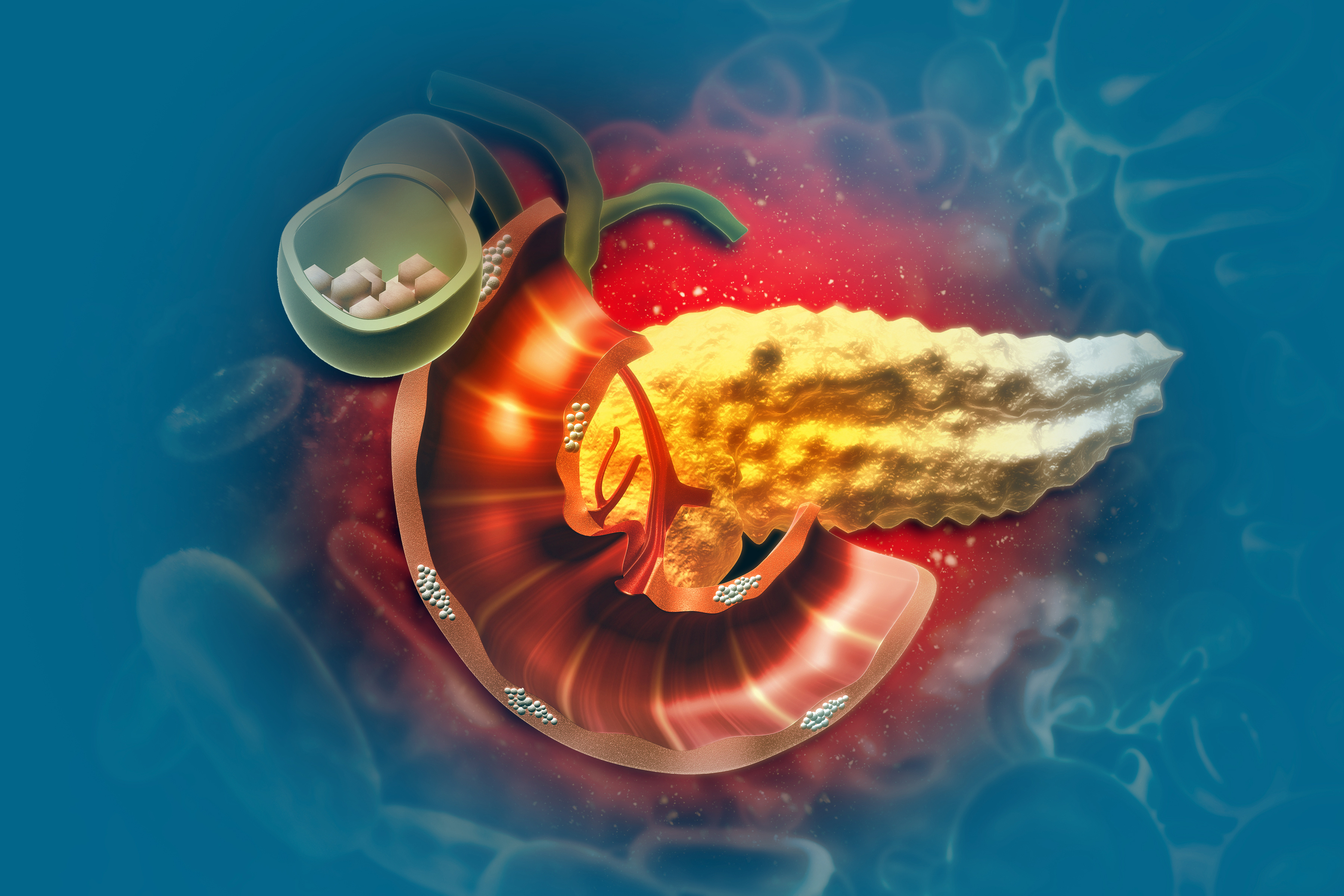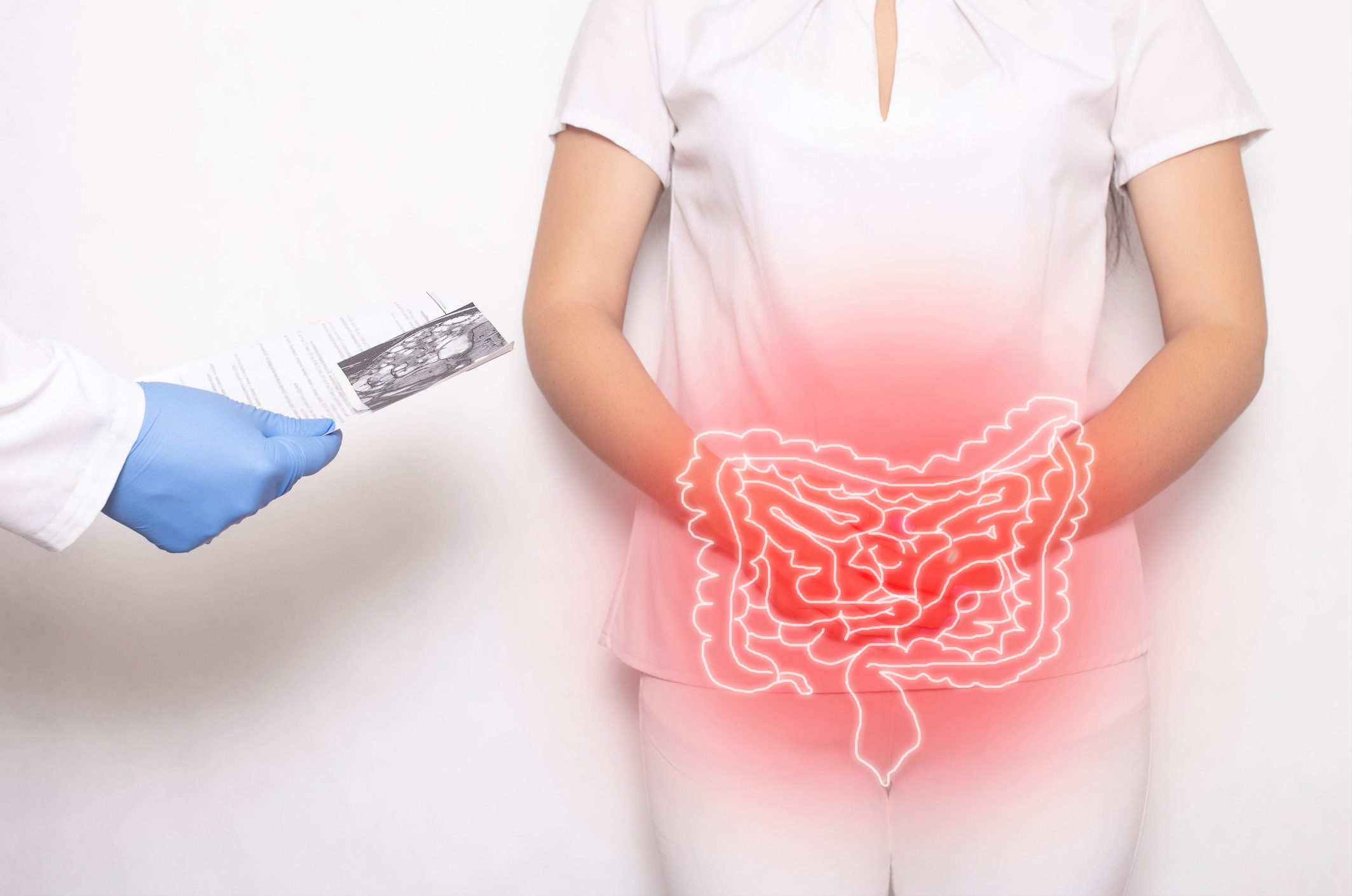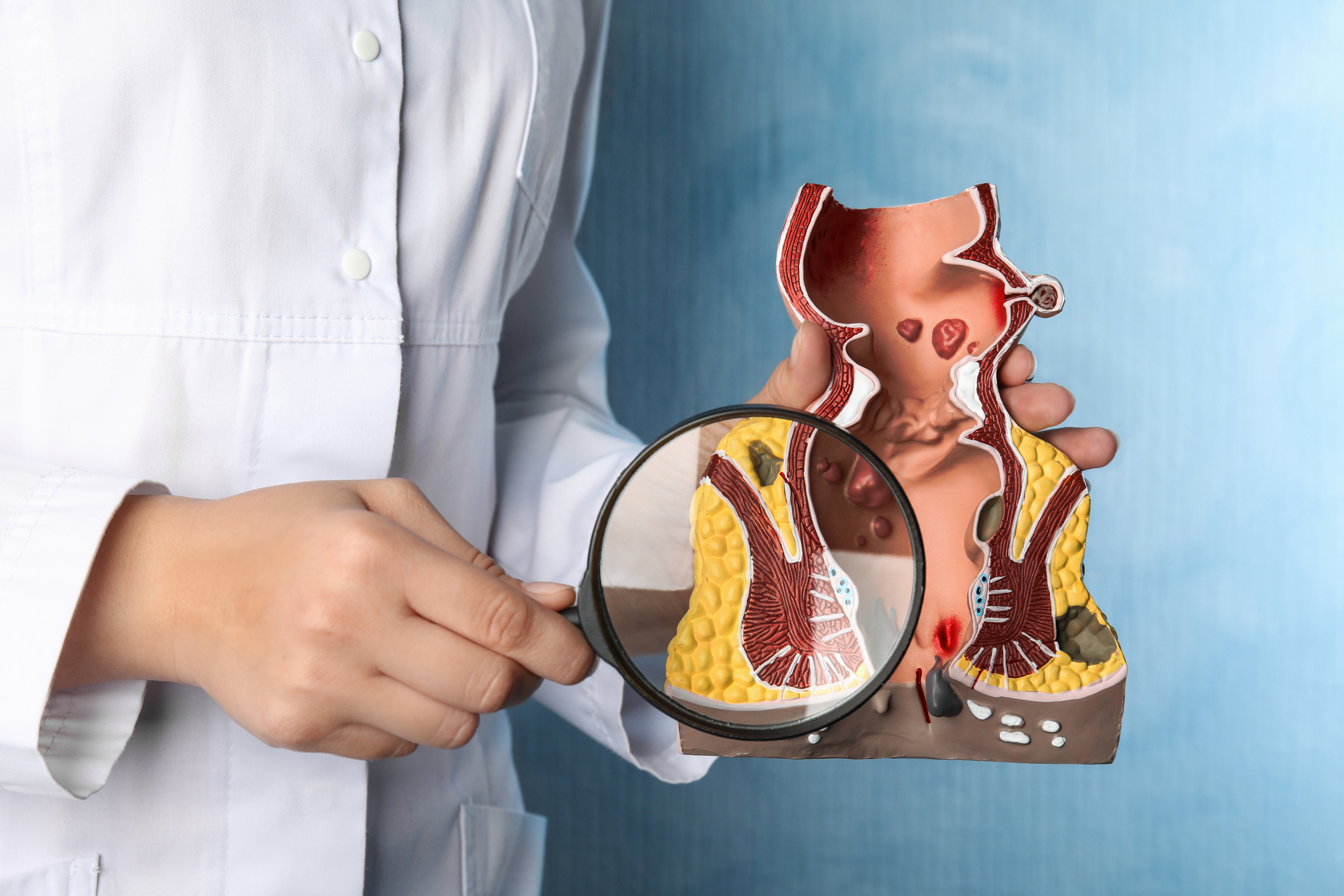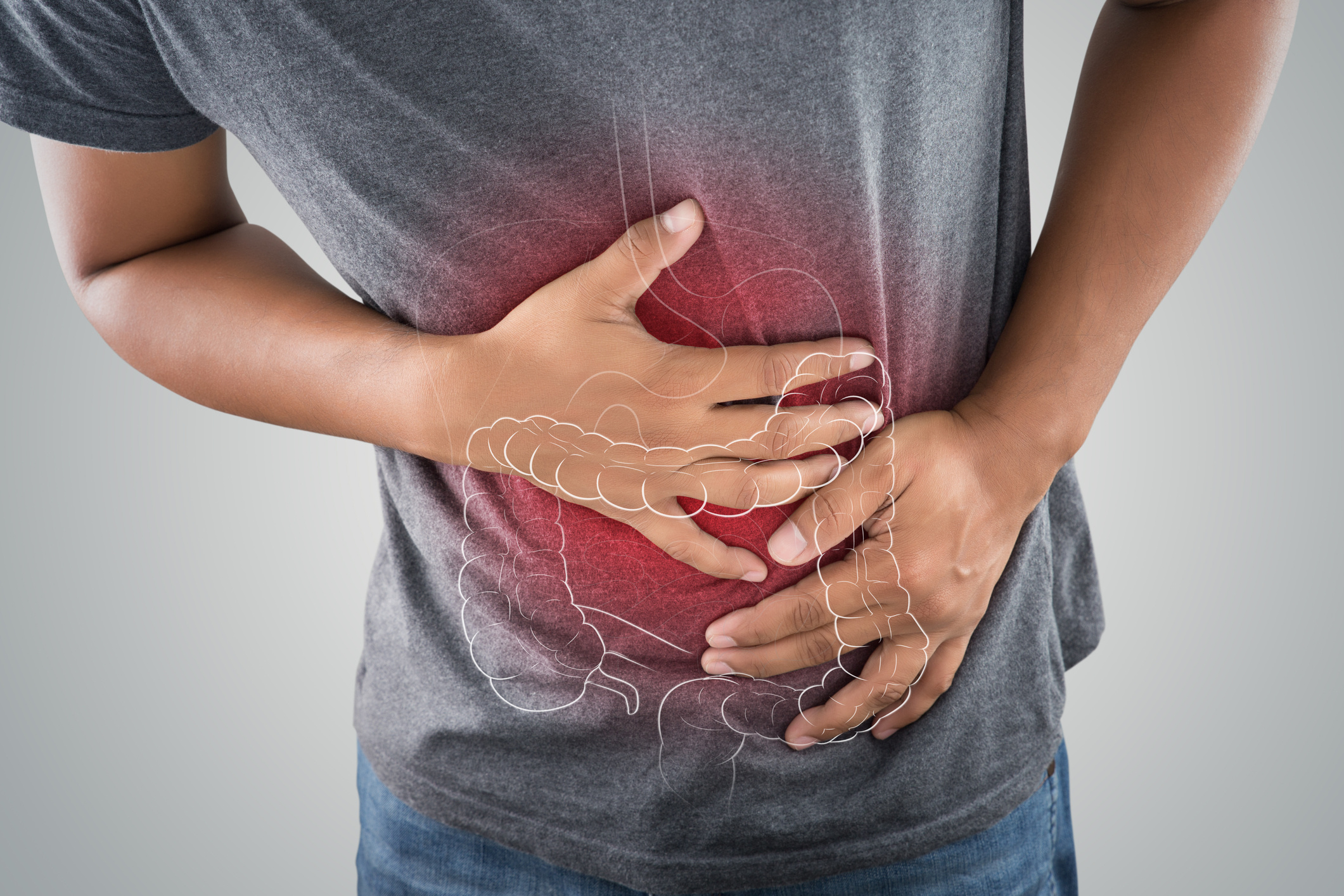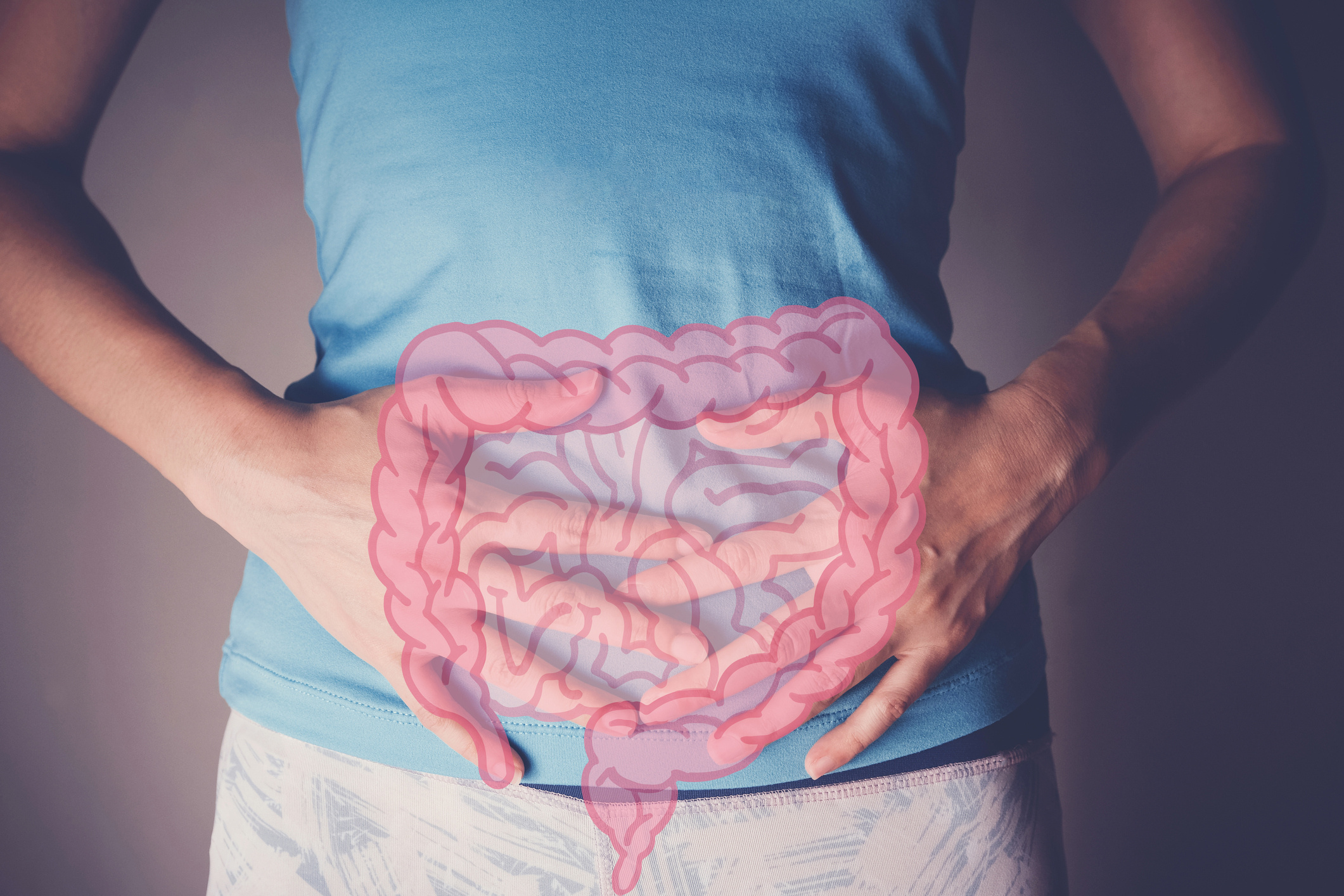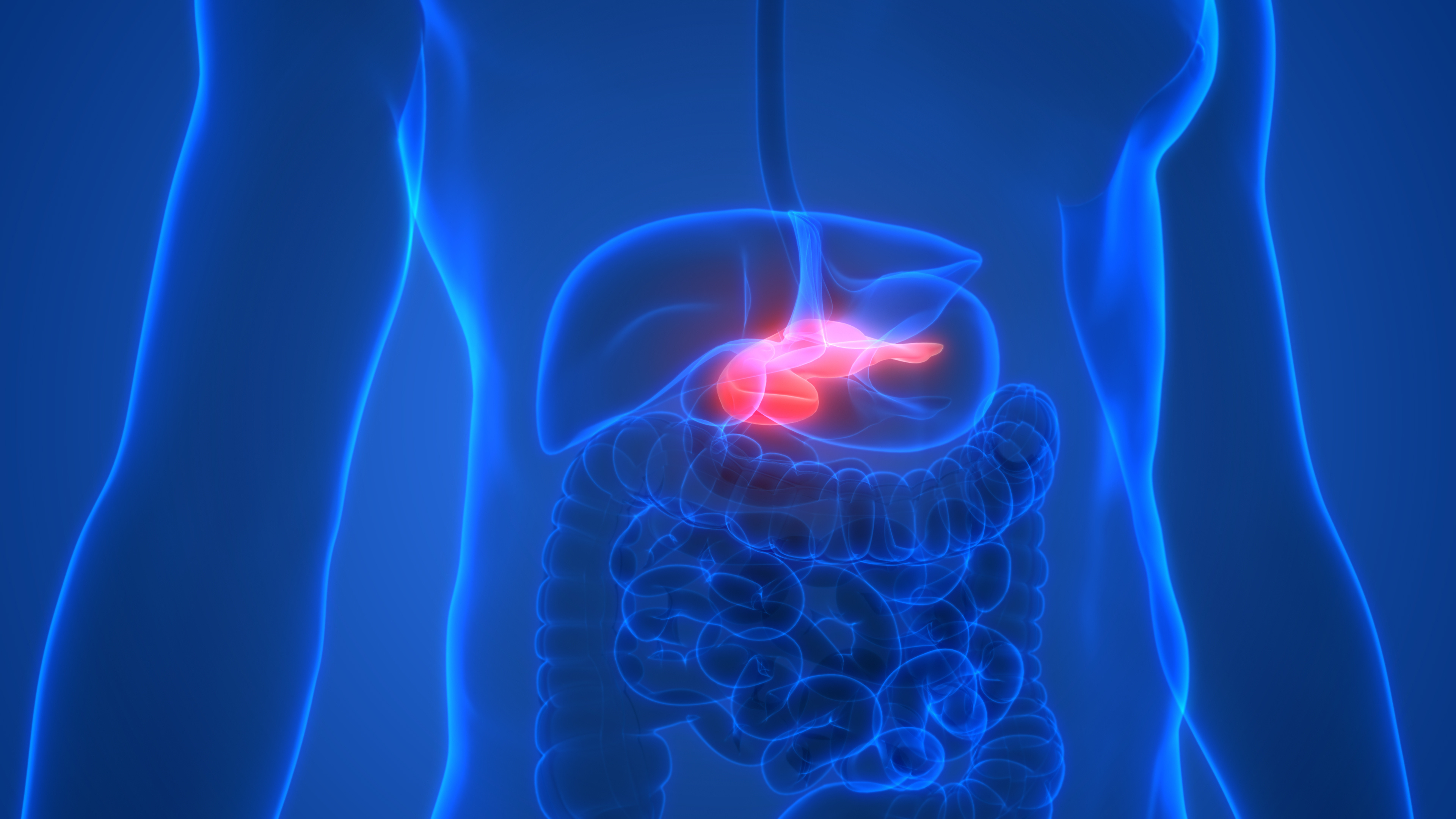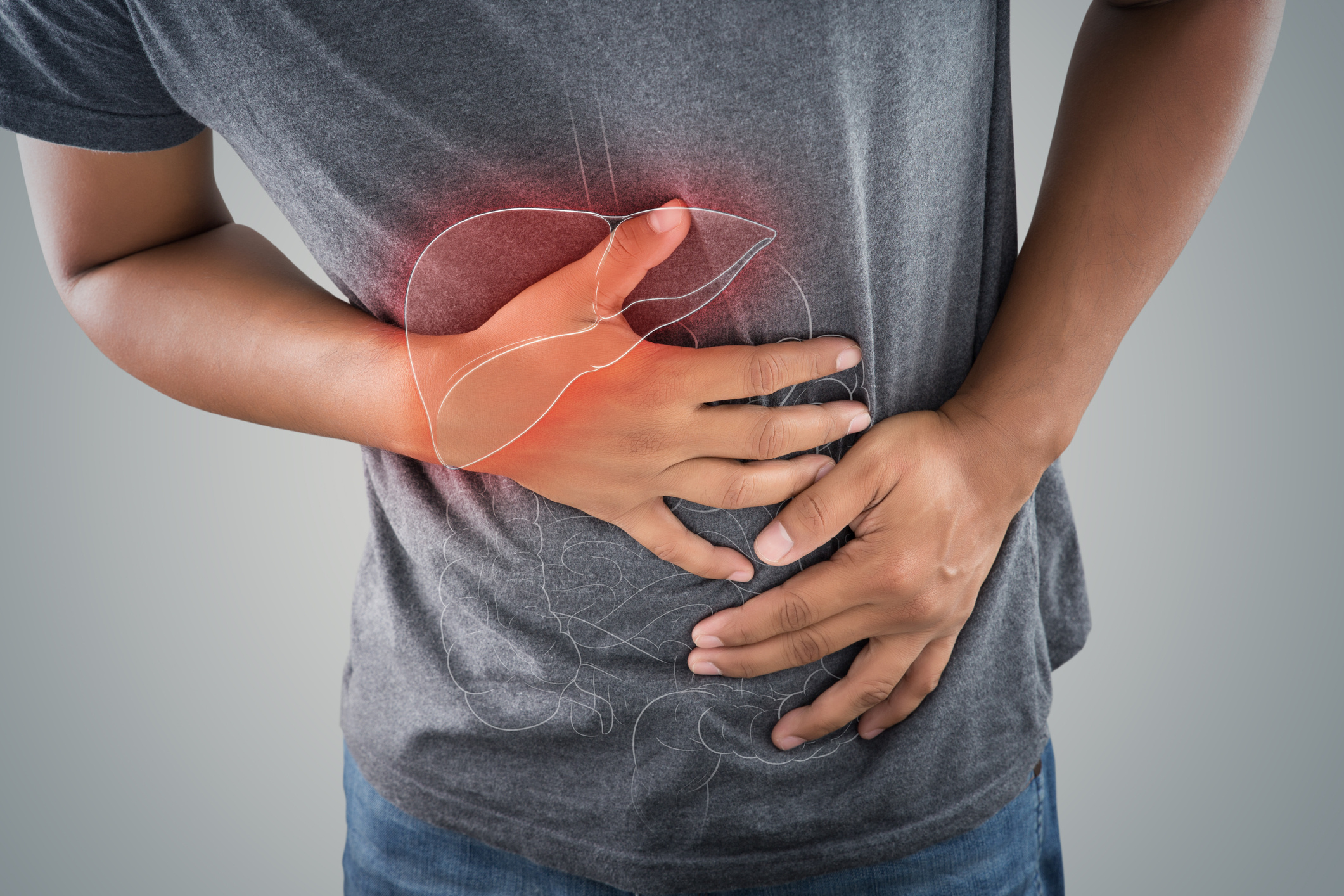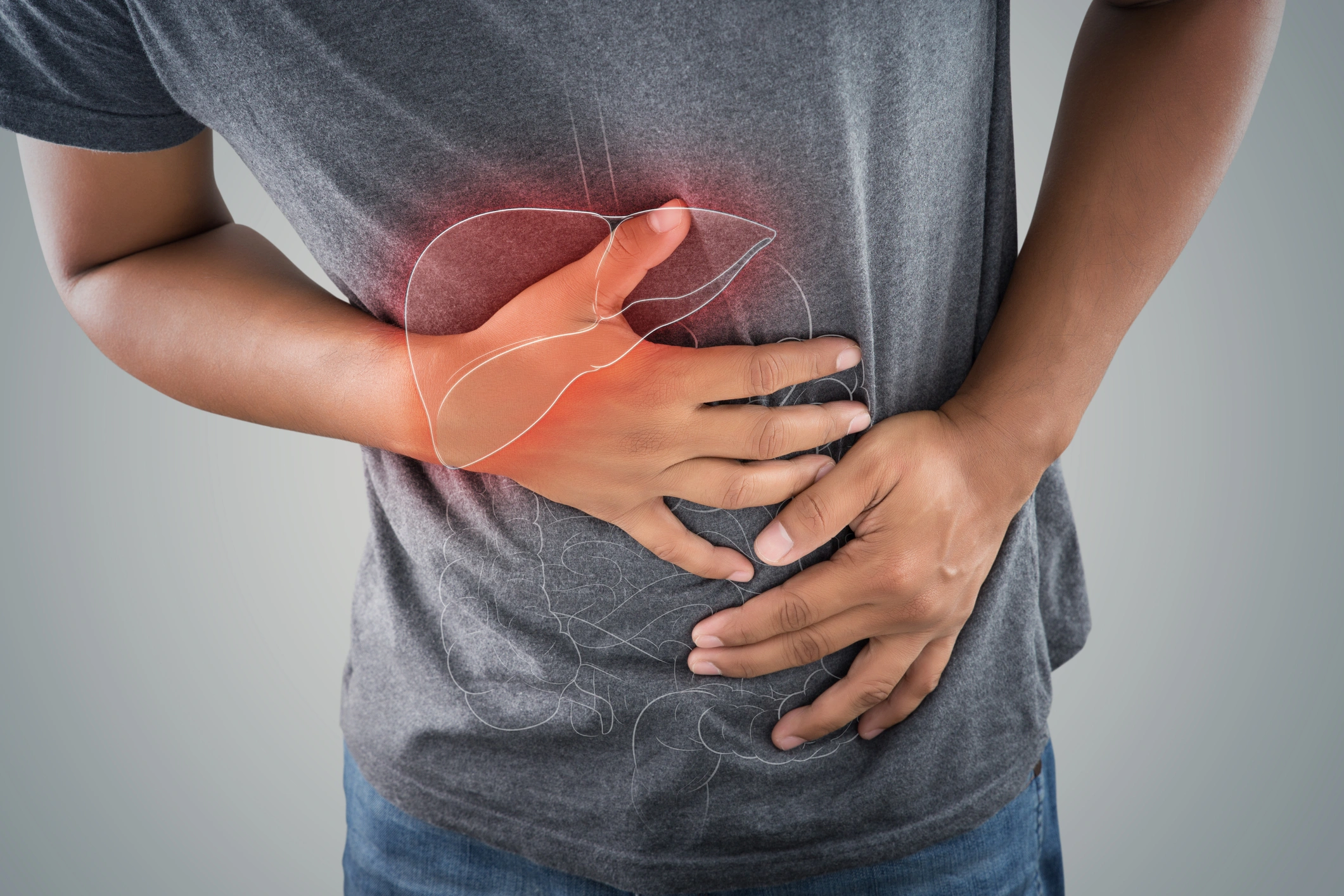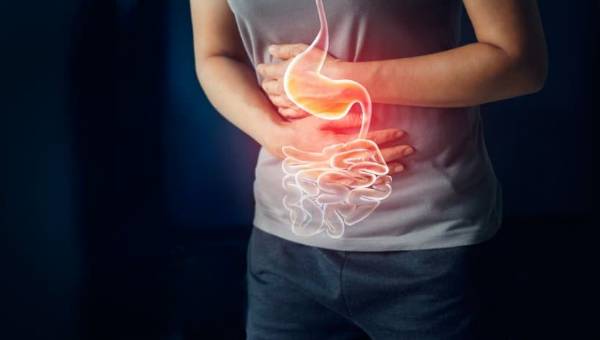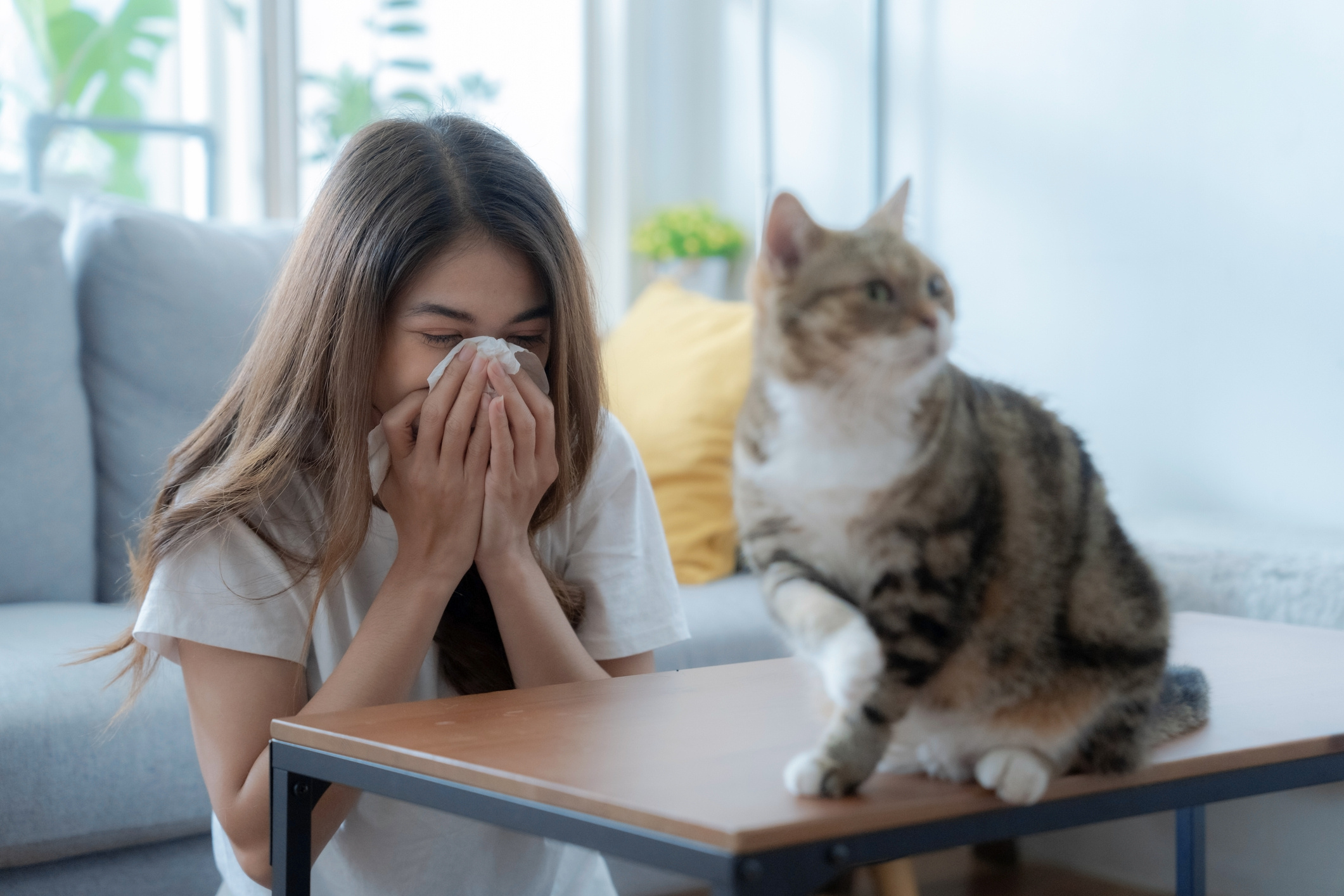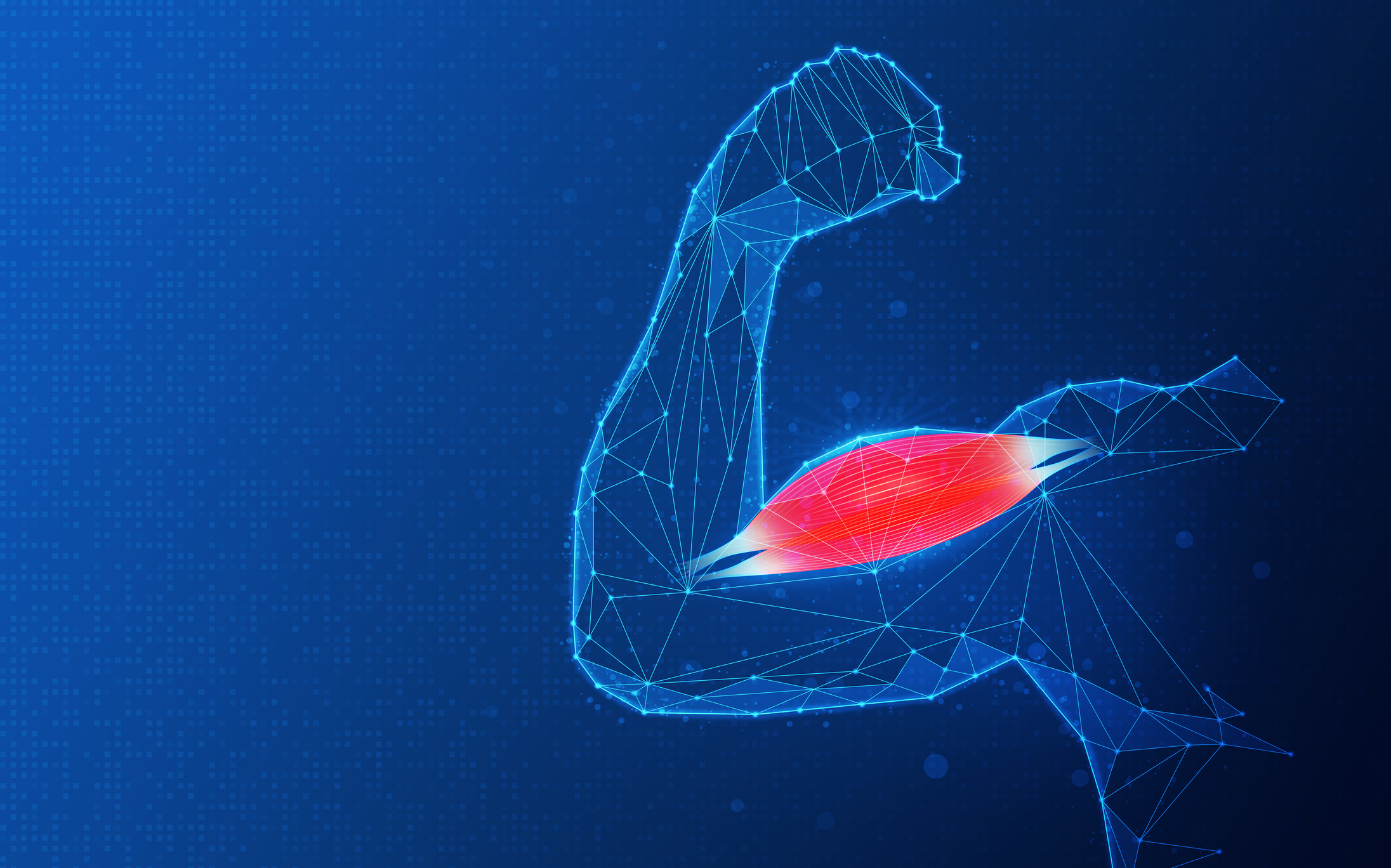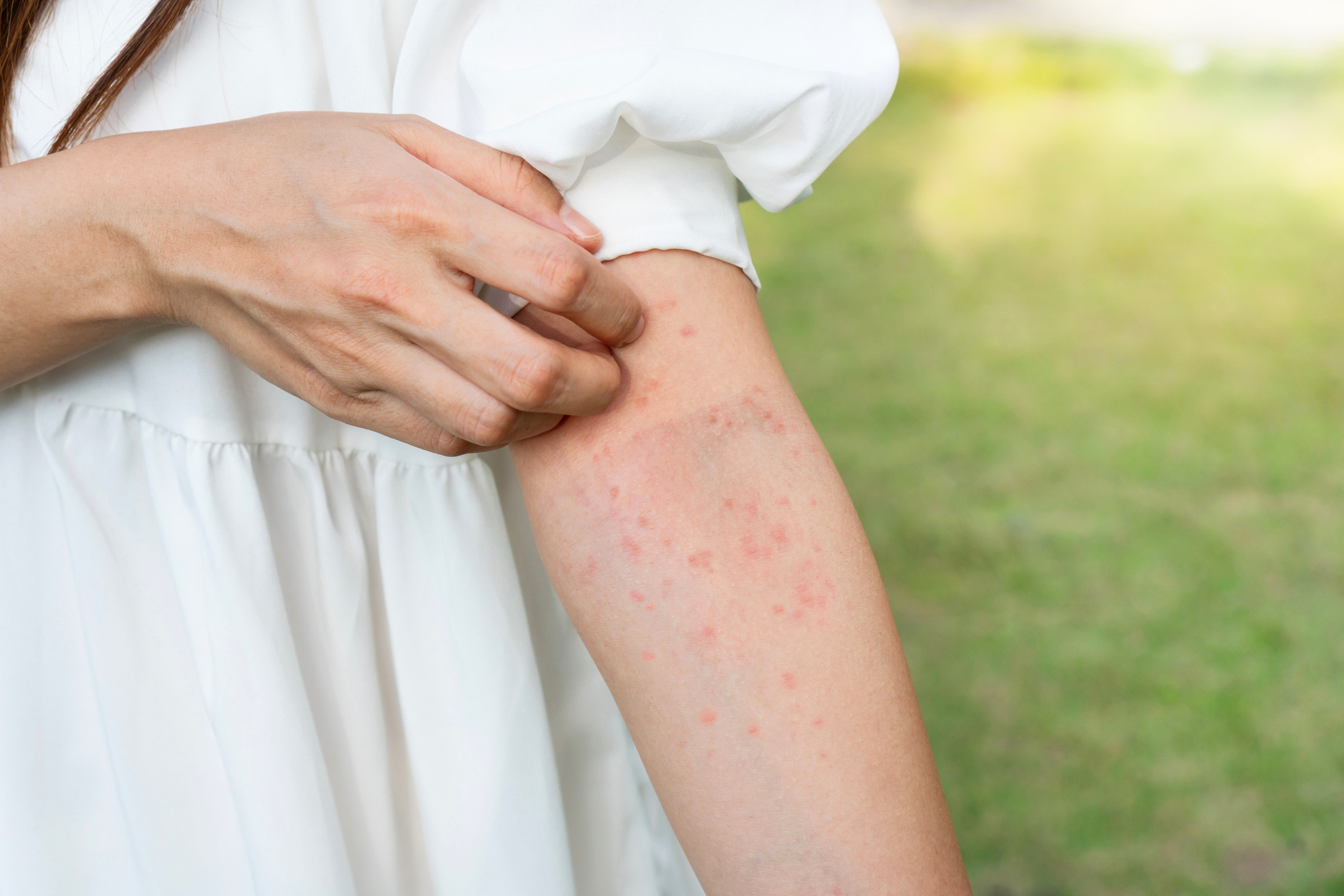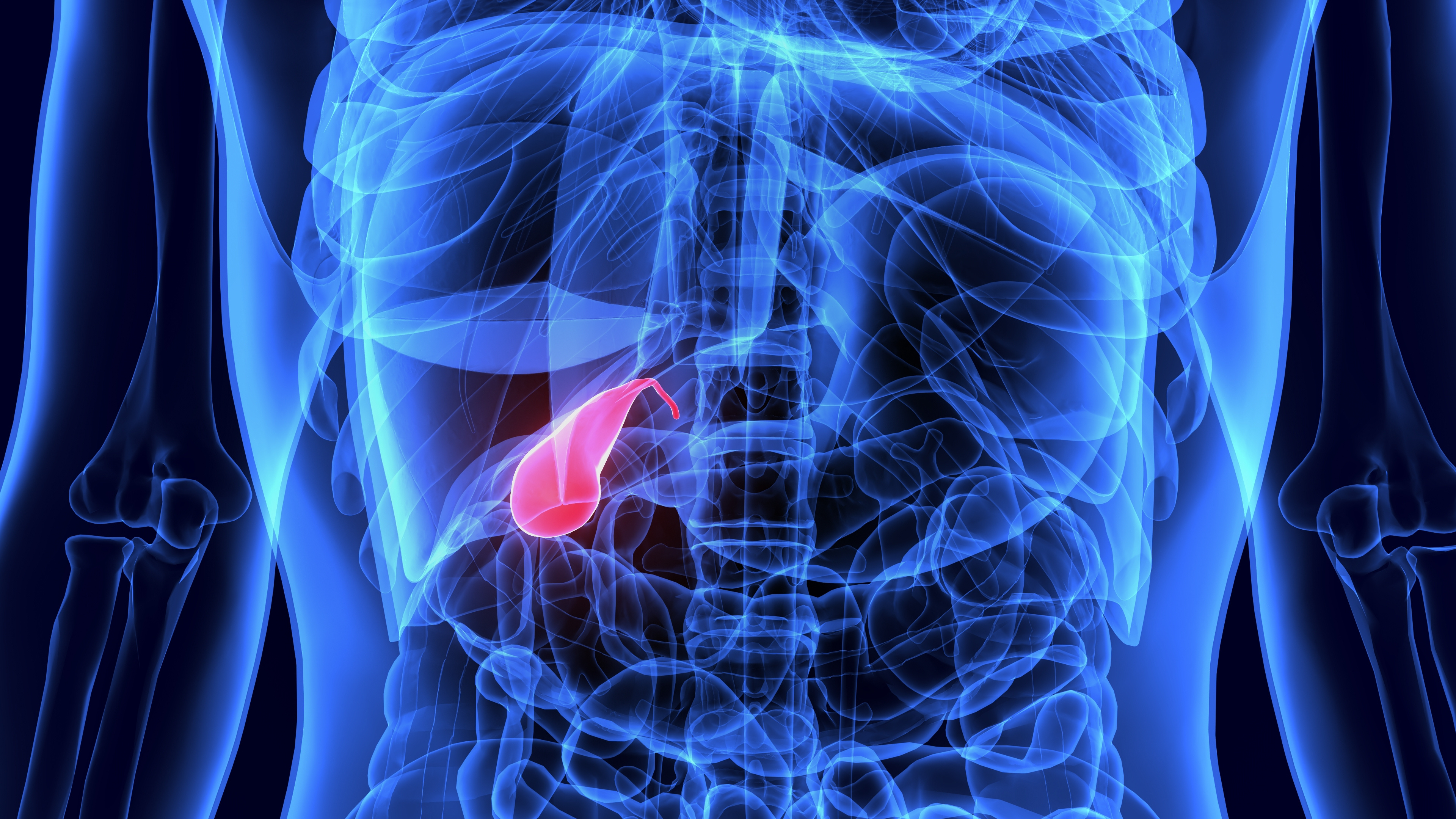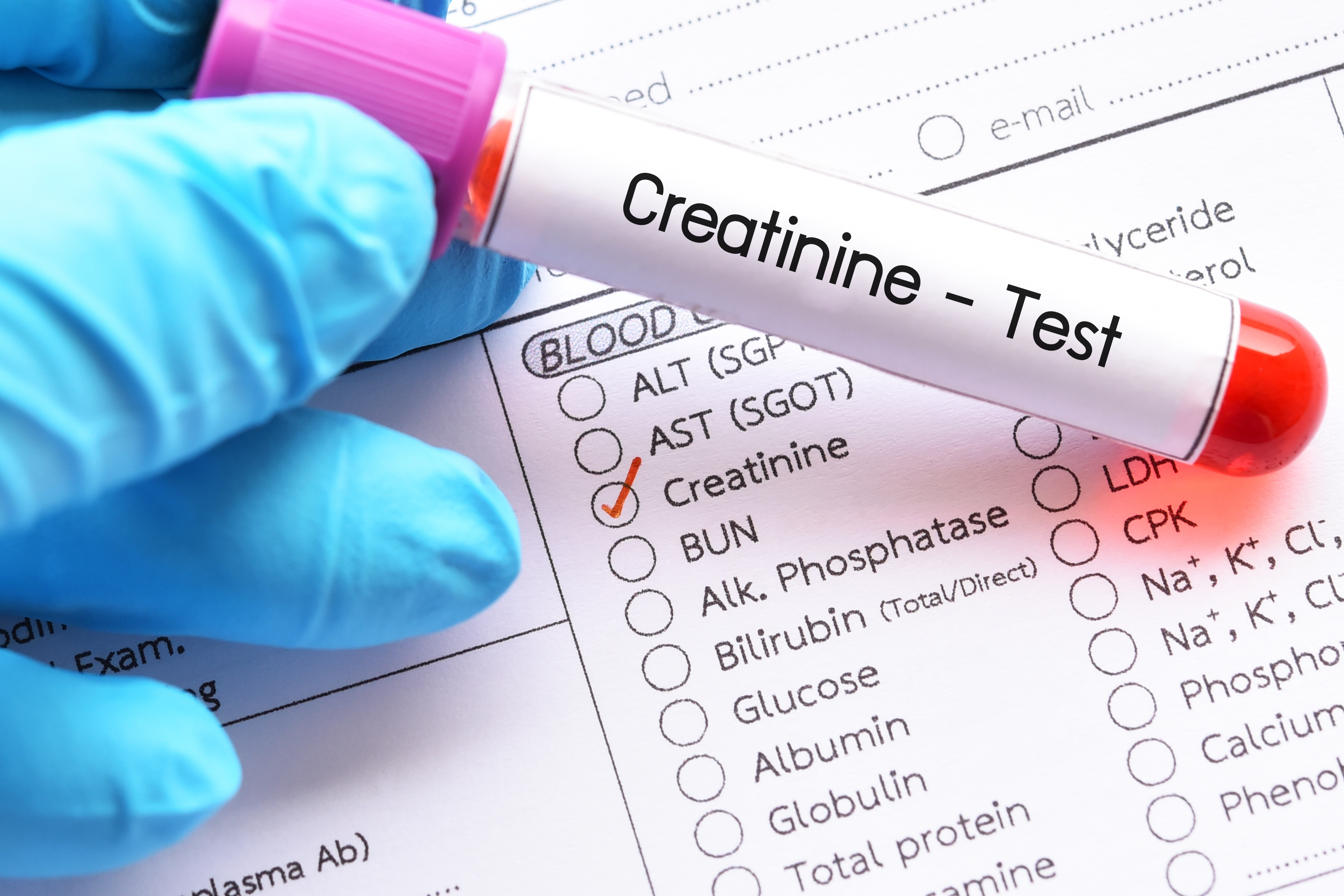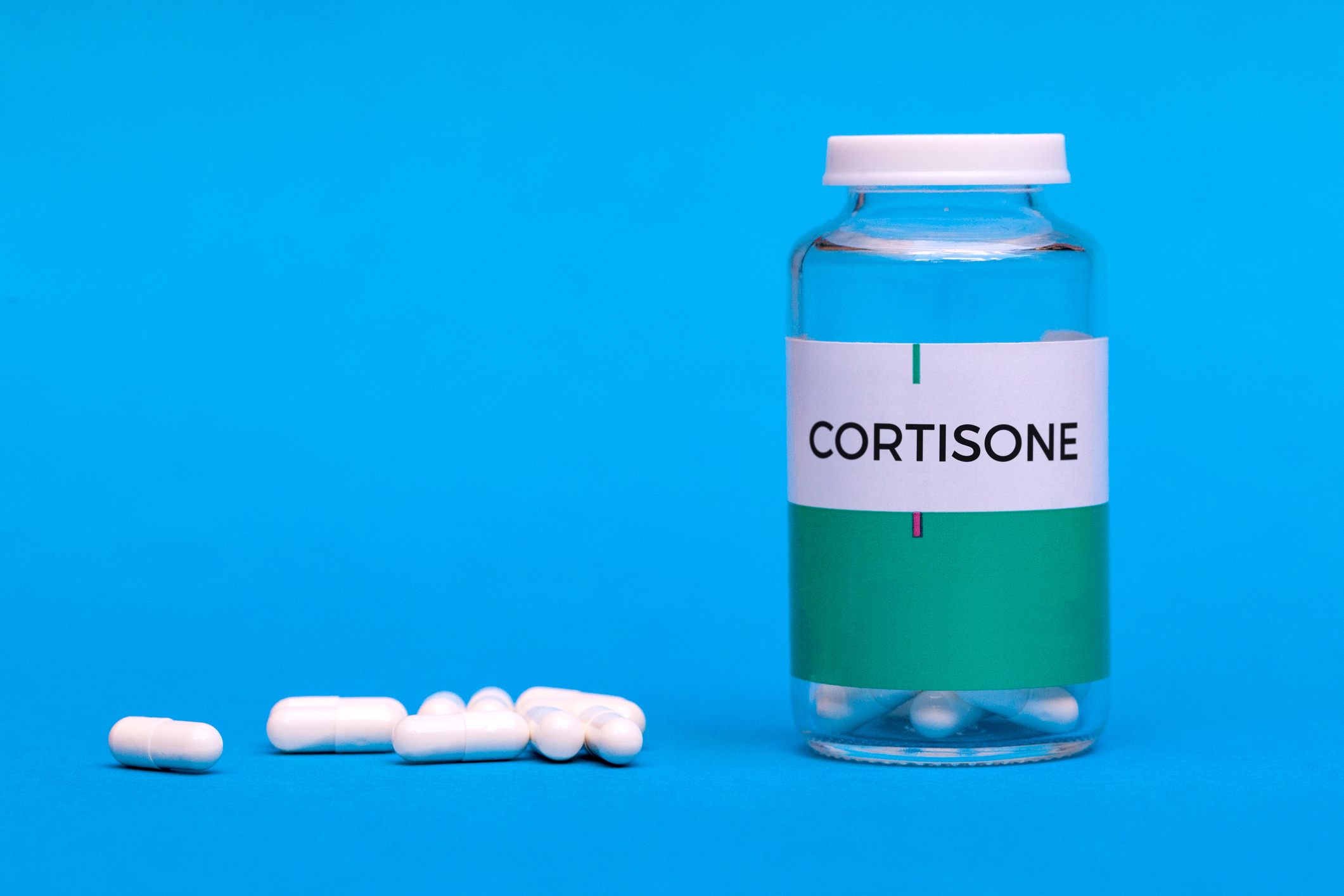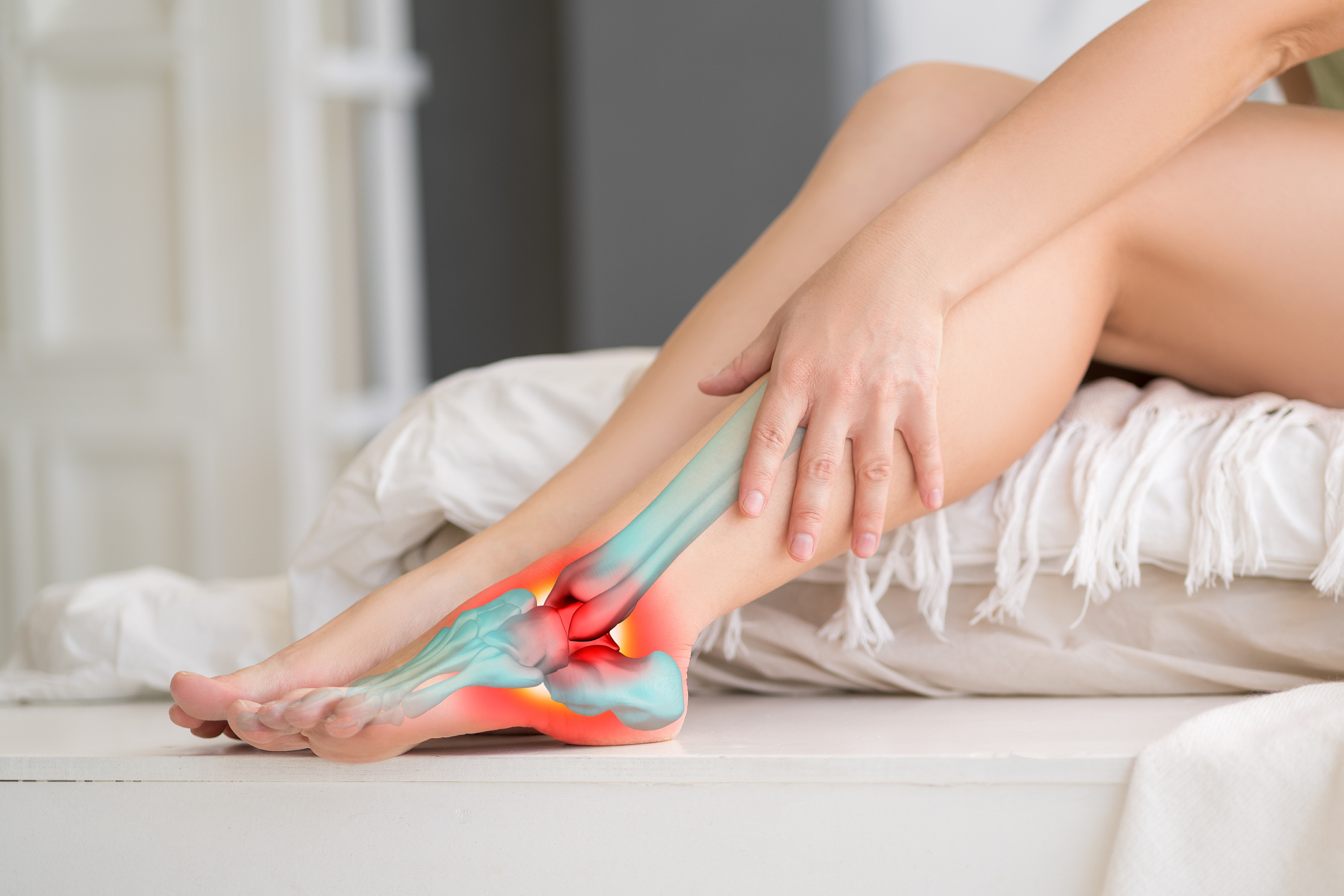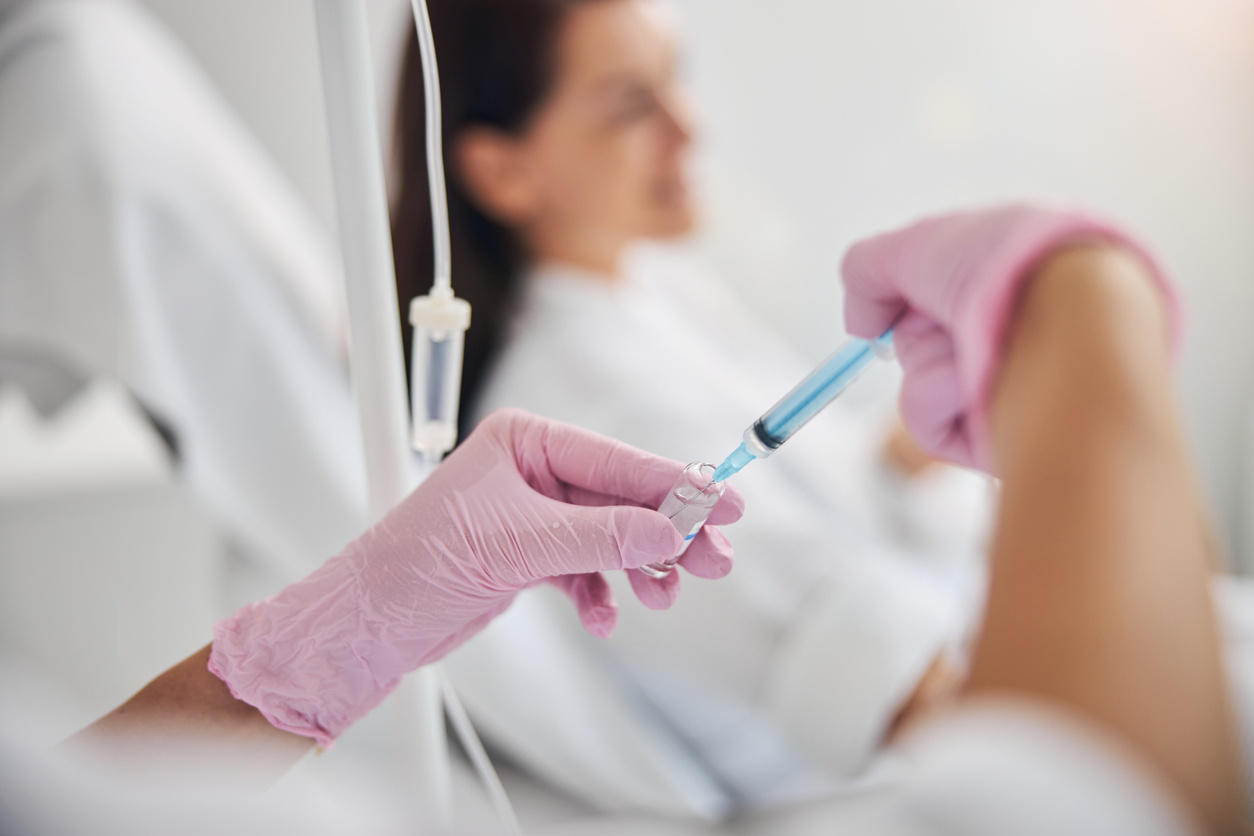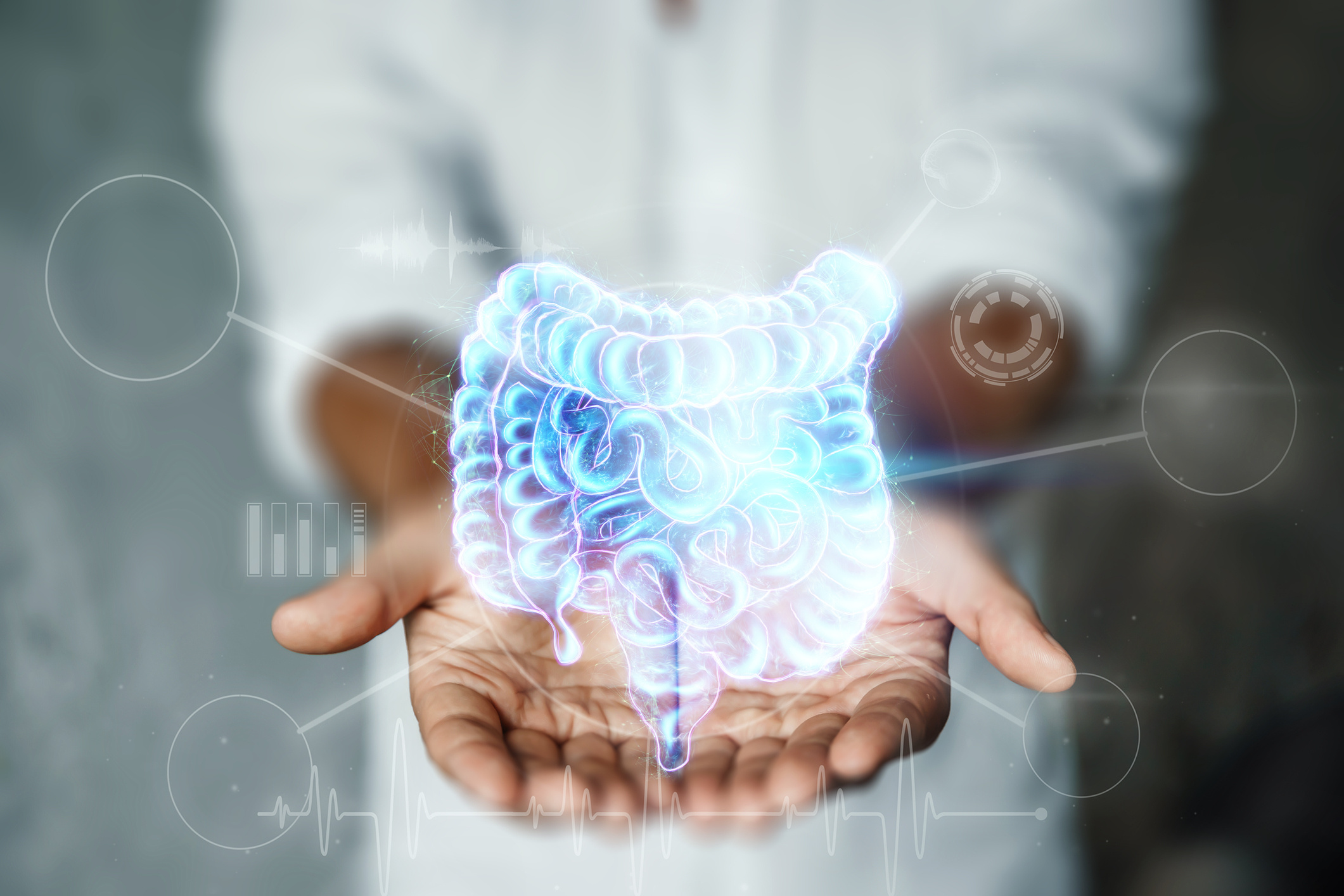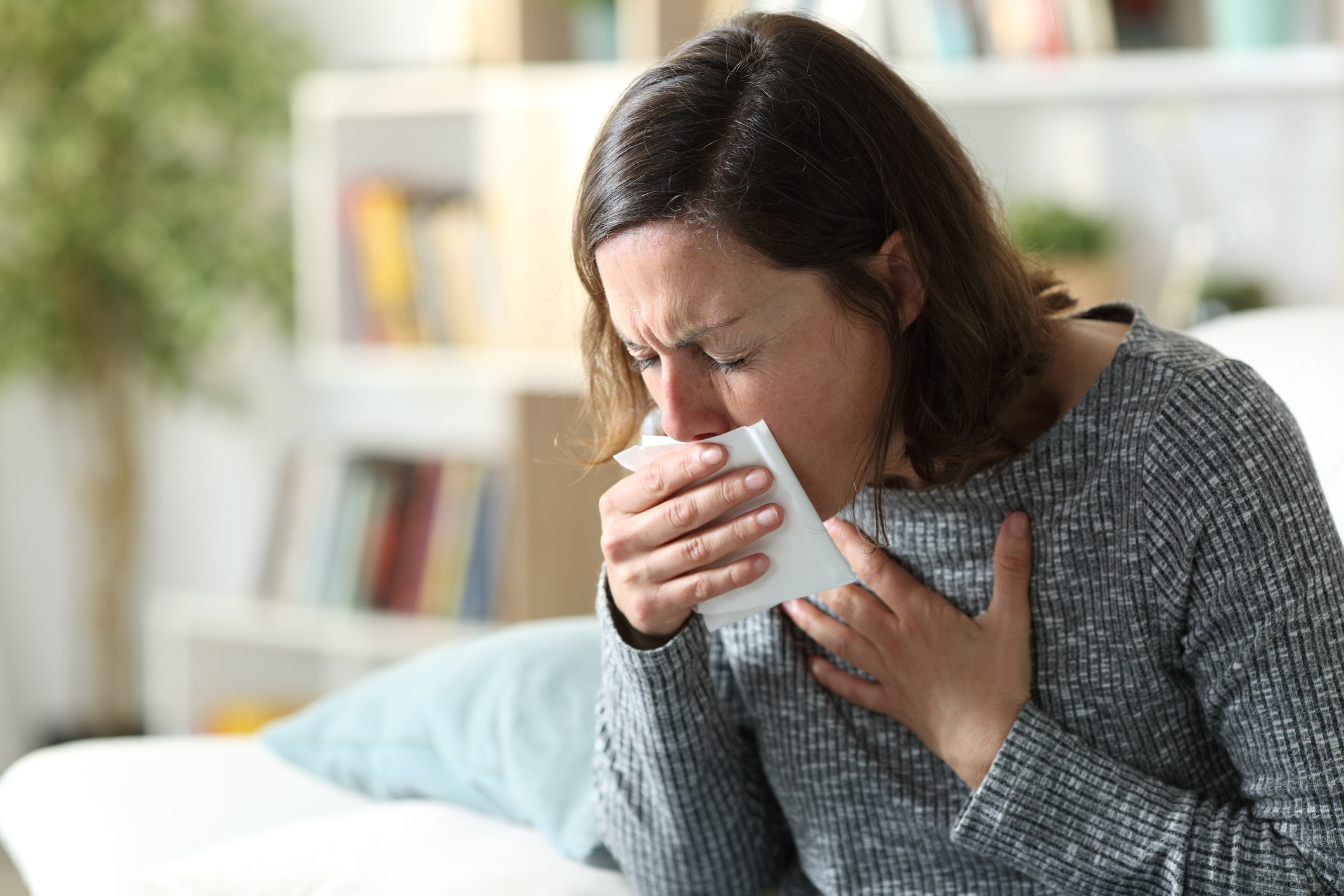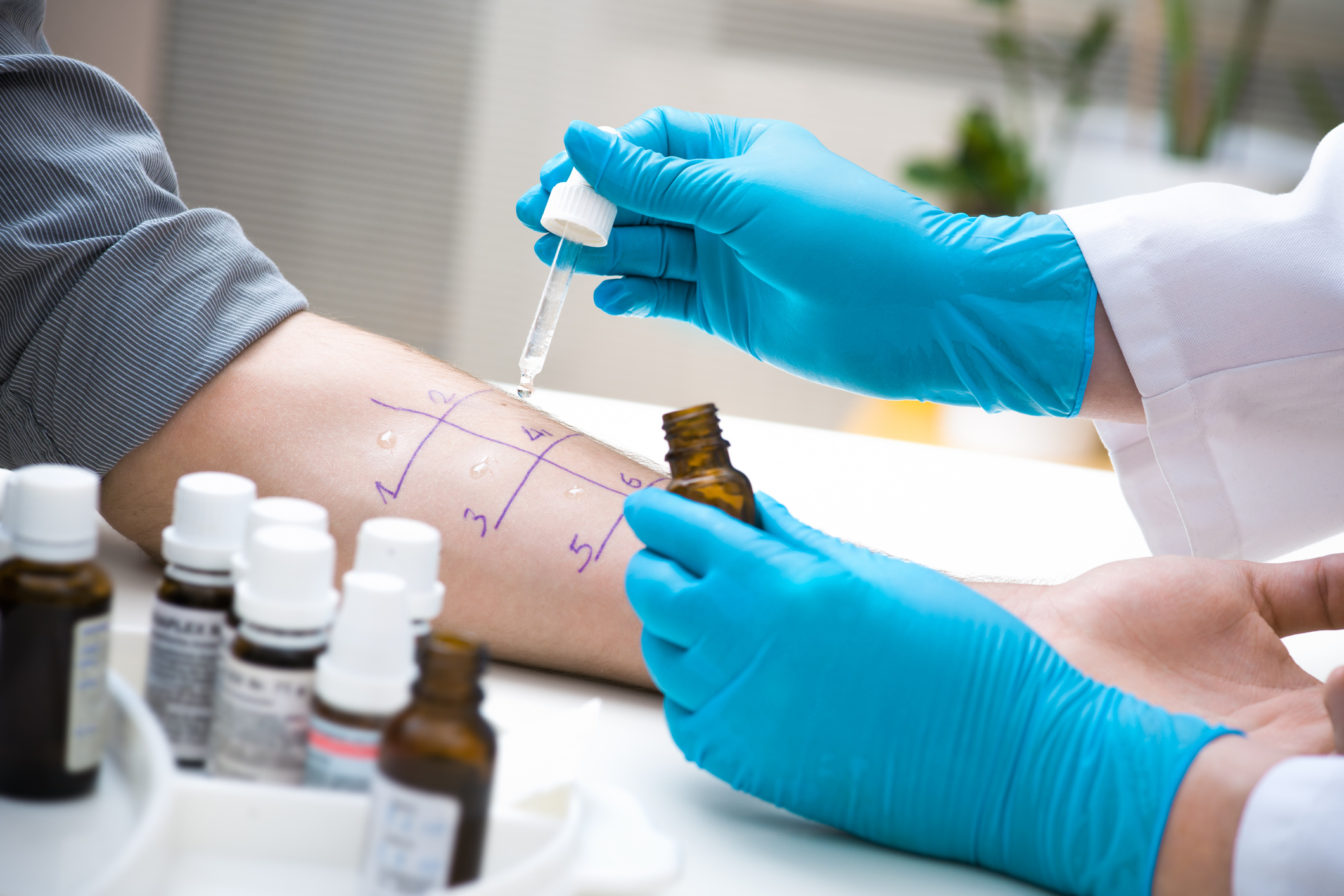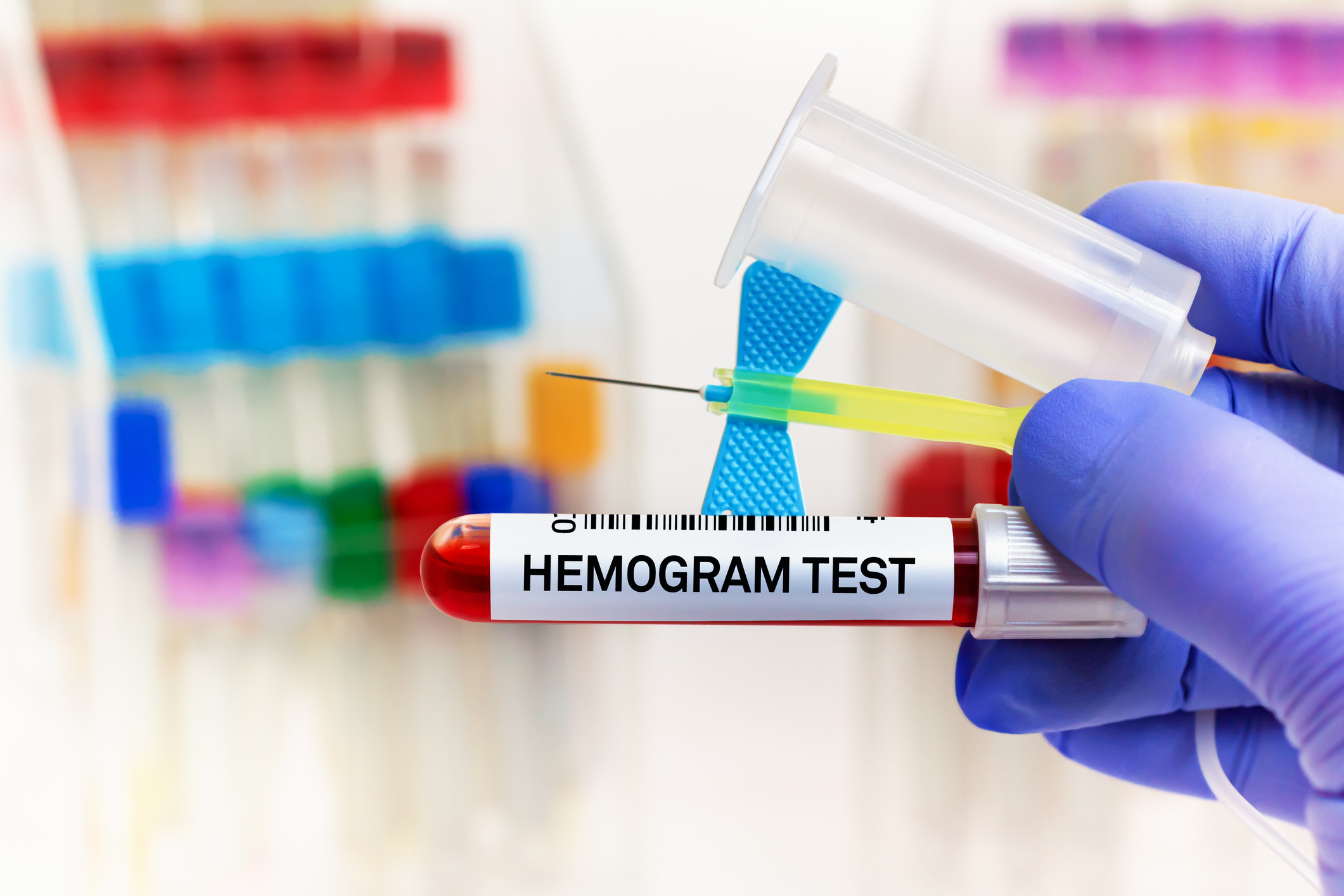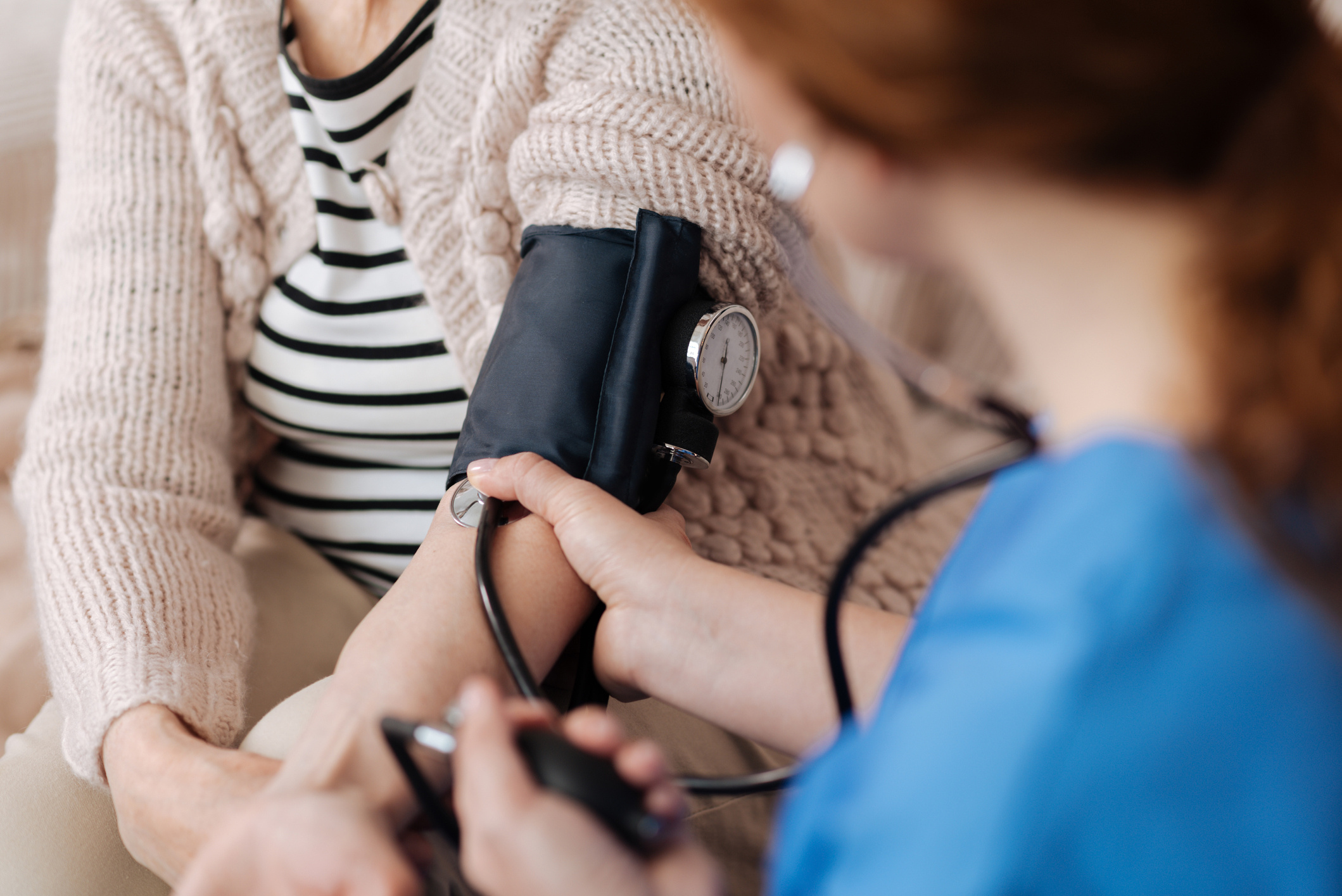
Zülfikar Polat
Since 2023, he has been working as a gastroenterologist at Anadolu Health Center.
Speciality
- Gastroenterology
- Diagnostic and Interventional Endoscopic Operations
- Hepato-pancreatology
- Inflammatory Intestinal Diseases
- Internal Diseases
Education
- University, Ankara Gülhane Military Medical Academy
- Specialty, Ankara Gülhane Military Medical Academy, Internal Diseases and Gastroenterology
- Associate Professorship, Ankara Gülhane Military Medical Academy
- Professorship, İstanbul Aydın University
Institutions Worked At
- Ankara Gülhane Military Medical Academy
- İstanbul Aydın University
- Turkish Gastroenterology Association(TGD)
- Turkish Endoscopy Society
- TÜRK EUS
- ESGE
- EASL
- AASLD
A1. Bulucu, F., Can, C., Oktenli, C., Koc, B. ve Z. Polat, “Membranous
glomerulonephritis, antiphospholipid syndrome, and persistent low C3 levels
associated with menincococcal disease,” Nephron, 91, 336-338, (2002).
A2. Saglam, K., Polat, Z., Yilmaz, MI., Gulec, M. Ve S.B. Akinci, “Effects of
postmenopausal hormone replacement therapy on insulin resistance,” Endocrine, 18,
211-214 (2002).
A3. Sonmez, A., Harlak, A., Kilic, S., Polat, Z., Hayal, L., Keskin, O., Dogru, T.,
Yilmaz, M.I., Acikel, C.H. ve I.H. Kocar, “The Efficacy and Tolerability of Doxycycline
and Mefloquine in Malaria Prophylaxis of the ISAF Troops in Afghanistan,” J.
Infect.,51, 253-258 (2005).
A4. Doğru, T., Ercin, C.N., Tapan, S., Polat, Z., Gulsen, M. Ve S. Bagci, “Insulin
Resistance in Prediction of Esophageal Varices,” Hepatology. 49, 1775-1779, (2009).
A5. Kantarcioglu, M., Kilciler, G., Turan, I., Ercin, C.N., Karslioglu, Y., Guvenc, I.,
Polat, Z. ve S. Bagci, “Solitary Peutz-Jeghers-Type Hamartomatous Polyp as a
Cause of Recurrent Acute Pankreatitis.,” Endoscopy, 41 suppl 2, E117-118 (2009).
A6. Tuzun, A., Polat, Z., Kilciler, G., Turan, I., Kilic, A., Ozcan, A. Ve A. Uygun,
“Evaluation for Helicobacter Pylori in Meckel’s Diverticulum by Using Real-Time PCR,”
Dig. Dis. Sci.,55, 1969-1974 (2010).
A7. Kara, M., Turan, I., Polat, Z., Dogru, T. ve S. Bagci, “Chemical Colitis Caused by
Peracetic Acid or Hydrogen Peroxide: a Challenging Dilemma,” Endoscopy, 42 suppl.
2, E3-4 (2010).
A8. Ercin, C.N., Uygun, A., Toros, A.B., Kantarcioğlu, M., Kilciler, G., Polat, Z., ve S.
Bagci, “Comparison of 7- and 14-day First-Line Therapies Including Levofloxacin in
Patients with Helicobacter Pylori Positive Non-Ulcer Dyspepsia,” Turk. J.
Gastroenterol. 21, 12-16 (2010).
A9. Polat, Z., Kadayifci, A., Kantarcioglu, M., Ozcan, A., Emer, O. Ve A. Uygun,
“Comparison of Levofloxacin-Containing Sequential and Standard Triple Therapies for
Eradication of Helicobacter Pylori,” Eur. J. Intern. Med.
A10. Musabak U, Kilciler G, Uygun A, Kantarcıoğlu M, Polat Z, Sagkan RI, Bagci S:
Melatonin and its day and night rhythm of alternations in familial mediterranean
fever: a brief research letter. The Open Rheumatology Journal 5,13-17 (2011).
A11. Yilmaz Y, Eren F, Yonal O, Polat Z, Bacha M, Kurt R, Ozturk O, Avsar E: “Serum
progranulin as an independent marker of liver fibrosis in patients with biopsy-proven
nonalcoholic fatty liver disease,” Dis Markers., 31, 205-210, (2011).
A12. Yilmaz Y, Eren F, Kurt R, Yonal O, Polat Z, Senates E, Bacha M, Imeryuz N:
“Serum galectin-3 levels in patients with nonalcoholic fatty liver disease,” Clin
Biochem., 44, 955-958, (2011).
A13.Toros AB, Ince AT, Kesici B, Saglam M, Polat Z, Uygun A. “ A new modified
concomitant therapy for Helicobacter pylori eradication in Turkey. ” Helicobacter., 16,
225-228, (2011).
A14. Balamtekin N, Çakır M, Polat Z, Vurucu S, Bağcı S: “A Rare Cause of Vomiting
in a Neurologically Impaired Child:Pytobenzoar.” HK J Pediatr. 16, 289-291, 2011
A15. Polat Z, Kilciler G, Özel M, Kara M, Kantarcığolu M, Uygun A, Bağcı S: “Plasma
Ghrelin Levels in Patients with Familial Mediterranean Fever” Dig Dis Sci
A16. The degree of mucosal damage to the small intestine and serum
immunoglobulin G4 levels correlate with celiac disease. Hakan Demirci , Zulfikar
Polat, Kadir Ozturk , Murat Kekilli , Murat Kantarcioglu , Fatih Sahiner , Ahmet Uygun
and Sait Bagci. European Journal of Gastroenterology & Hepatology 2015,
27:781–784
A17. The Effect of the iNOS Inhibitor S-Methylisothiourea and Hyperbaric Oxygen
Treatment on Radiation Colitis in Rats. Hakan Demirci , Zulfikar Polat , Ahmet
Uygun , Abdurrahman Kadayifci , Omer Sager , Kadir Ozturk , Murat Kantarcioglu ,
Fatih Sahiner , Bahadır Caliskan , Yıldırım Karslioglu , Mehmet Ozler , Melih Ozel ,
Hakki Ergun , Ozlem Ozturk , Murat Beyzadeoglu , Sait Bagci. Acta Gastro-
Enterologica Belgica, Vol. LXXIX, January-March 2016
A18. The Efficacy of Mesenchymal Stem Cell Transplantation in Caustic Esophagus
Injury: An Experimental Study Murat Kantarcioglu, Bahadir Caliskan, Hakan Demirci,
Ozgur Karacalioglu, Murat Kekilli, Zulfikar Polat, Armagan Gunal, Melih Akinci, Cagri
Uysal, Sami Eksert, Hasan Gurel, Gurkan Celebi, Ferit Avcu, Ali Ugur Ural, and Sait
Bagci. Hindawi Publishing Corporation Stem Cells International Volume 2014, Article
ID 939674, 7 pages
A19. Long-Term Results of Endoscopic Resection for Type I Gastric Neuroendocrine
Tumors AHMET UYGUN, ABDURRAHMAN KADAYIFCI, ZULFIKAR POLAT,
KEMALETTIN YILMAZ, ARMAGAN GUNAL, 3 HAKAN DEMIRCİ, AND SAIT BAGCI,
Journal of Surgical Oncology 2014;109:71–74
A20. The effect of fatty pancreas on serum glucose parameters in patients with
nonalcoholic steatohepatitis Ahmet Uygun, Abdurrahman Kadayifci, Hakan Demirci,
Mutlu Saglam, Yusuf S. Sakin, Kadir Ozturk, Zulfikar Polat, Yildirim Karslioglu , Erol
Bolu e European Journal of Internal Medicine 26 (2015) 37–41
A21. Primary adenocarcinoma of the jejunum in elderly patient Hakan Demirci •
Guldem Kilciler, Murat Kantarcioglu, Zulfikar Polat, Ahmet Uygun, Sait Bagci. Aging
Clin Exp Res (2014) 26:565
A22. Reply to: Renal impairment during the treatment of telaprevir with
peginterferon and ribavirin in patients with chronic hepatitis C. Yusuf Serdar Sakin,
Zulfikar Polat, Hakan Demirci, Murat Kekilli, Ahmet Uygun and Sait Bagci.
Hepatology Research 2014; 44: 1037
A23. Rare case of dysphagia in an elderly patient. Hakan Demirci,1 Murat Kekilli,2
Zulfikar Polat, Murat Kantarcioglu, Ahmet Uygun and Sait Bagcı. Geriatr Gerontol
Int 2015; 15: 120–131
A24. Munchausen syndrome with recurrent abdominal pain and coagulation disorder.
Hakan Demirci, Fatih Ermiş, Zulfikar Polat, Murat Kantarcioglu, Ahmet Uygun and
Sait Bagcı
B. Uluslararası bilimsel toplantılarda sunulan ve bildiri kitabında (Proceedings)
basılan bildiriler :
B1. Tüzün A, Ateş Y, Yeşilova Z, Değertekin B, Uygun A, Erdil A, Polat Z, Dağalp K:
Hyperbilirubinemia in patients with familial mediterranean fever. IX. International
Euroasian Congress of Surgery and Gastroenterology, 15-18 May 2006. Bakü
B2. Bağcı S, Yeşilova Z, Erçin NC, Kilciler G, Muşabak U, Erdil A, Uygun A, Polat Z,
Karaeren N, Dağalp K: Serological markers of celiac disease in reflux esophagitis. IX.
International Euroasian Congress of Surgery and Gastroenterology, 15-18 May 2006.
Bakü
B3. Kadayıfcı A, Uygun A, Elçin N, Kantarcıoğlu M, Toros A, Polat Z, Ilgan S ve M
Gülşen: Sequential treatment of Helicobacter Pylori in patients with non-ulcer
dyspepsia. 18 th International Postgraduate Course of International Association of
Surgeons, Gastroenterologists and Oncologists,8-11 October 2008. İstanbul
B4. Ercin CN, Uygun A, Toros AB, Kantarcıoğlu M, Kilciler G, Polat Z, Yeşilova Z,
Kara M ve S Bağcı: Comparison of 7&14 day first-line therapies including levofloxacin
in patients with helicobacter pylori positive non-ulcer dyspepsia in Turkish
population. 18 th International Postgraduate Course of International Association of
Surgeons, Gastroenterologists and Oncologists,8-11 October 2008. İstanbul
B5. Uygun A, Kantarcıoğlu M, Ercin CN, Toros AB, Kiciler G, Polat Z ve Z Yeşilova:
Comparison of 7&14 day first-line therapies consisting of lansaprazole, metranidazole
and amoxicilline ın patients with helicobacter pylori positive non-ulcer dyspepsia in
Turkish population. 18 th International Postgraduate Course of International
Association of Surgeons, Gastroenterologists and Oncologists,8-11 October 2008.
İstanbul.
B6. Yılmaz K, Polat Z, Tüzün A, Özer T, Bağcı S ve N Karaeren: Therapy of bezoar
causing ileus with coca-cola. 18 th International Postgraduate Course of International
Association of Surgeons, Gastroenterologists and Oncologists,8-11 October 2008.
İstanbul
B7. Uygun A, Kilciler G, Erçin CN, Polat Z, Yeşilova Z, Kantarcıoğlu M ve M Gülşen:
The effect of helicobacter pylori eradication on atrophic gastritis and intestinal
metaplasia. 18 th International Postgraduate Course of International Association of
Surgeons, Gastroenterologists and Oncologists,8-11 October 2008. İstanbul
B8. Ercin CN, Yeşilova Z, Dağalp K, Uygun A, Karslıpoğlu Y, Tapan S, Öztaş E, Kilciler
g, Polat Z ve S Bağcı: Increased visfatin levels in nonalcoholic fatty liver disease are
associated with insulin resistance and liver histology. 167. Falk Symposium,20-21
september 2008. Mainz, Germany
B9. Polat Z, Guven G, Altun C, Ilgan S: Relationship between dental erosion and
gastroesophageal reflux in children with cerebral palsy. 19th. Congress of the IADH,
Santos, Brasil, 28-31 October 2008.
C. Yazılan uluslararası kitaplar veya kitaplarda bölümler :
D. Ulusal hakemli dergilerde yayımlanan makaleler :
D1. Tarçın O, Baykal Y, Yönem A, Koç B, Polat Z, Çakır B, Ünal T, Kocabalkan F: The
effect of alendronate treatment on bone mineral density and biochemical markers in
postmenopausal women. Türkiye Tıp Dergisi Dahili Tıp Bilimleri, 5(6):382-384; 1998.
D2. Baykal Y, Gök F, Tarçın O, Çakır B, Öktenli Ç, Polat Z, Şengül A, Kocabalkan F:
Ailevi akdeniz ateşi hastalarında serum sIL-2R, TNF-alfa, IL-6 ve IL-10 düzeyleri.
Türkiye Tıp Dergisi Dahili Tıp Bilimleri; 8(3):101-105, 2001.
D3. Erdem H, Polat Z, Kılıç S, Pahsa A: Klindamisin İle İlişkili Diyare Ve
Saccharomyces Boulardii. Klimik Dergisi 2003;16(1):31-33
D4. Uygun A, Tüzün A, Yeşilova Z, Aslan M, Ateş Y, Polat Z, Erdil A, Bağcı S,
Günhan Ö, Gülşen M, Dağalp K: Helicobacter pylori eradikasyon tedavisinde 7 ve 14
günlük lansoprazol, amoksisilin, klaritromisin protokolünün karşılaştırılması.
Akademik Gastroenteroloji Dergisi, 4(3):172-175; 2005.
D5. Ciğerim M, Tüzün A, Gülşen M, Ateş Y, Günhan Ö, Polat Z, Aslan M, Karaeren N,
Dağalp K: Skuamokolumnar bileşkede inflamasyon ve intestinal metaplazi:
Helicobecter pylori infeksiyonunun rolü. Akademik Gastroenteroloji Dergisi, 4(2):88-
93; 2005.
D6. Ateş Y, Ergün H, Tüzün A, Bağcı S, Kurt İ, İnal A, Polat Z, Karaeren N, Dağalp
K: Ailesel Akdeniz Ateşi olan hastalarda lenfosit alt grupları ve serum adenozin
deaminaz düzeyleri. Akademik Gastroenteroloji Dergisi, 4(2):112-116; 2005.
D7. Aslan M, Ateş Y, Gülşen M, Bağcı S, Kilciler G, Polat Z, Tüzün A, Karaeren N,
Dağalp K: Kolesistektomi sonrası oluşan Mirizzi sendromu olgusu. Akademik
Gastroenteroloji Dergisi, 4(2):128-130; 2005.
D8. Uygun A, Polat Z: Viral hepatit dışı serum transaminaz düzeyinde artışa neden
olan hastalıklar. Güncel Gastroenteroloji Dergisi, 13(4):211-224;2009
D9. Aydoğan Ü, Akbulut H, Doğaner YÇ, Sarı O, Polat Z ve K Sağlam: Halsizlik,
yorgunluk yakınması ile başvuran ve transaminaz enzim yüksekliği saptanan
miyopatili hasta. Türkiye Aile Hekimliği Dergisi, 14(2):96-99;2010.
D10. Uygun A, Kantarcıoğlu M, Polat Z, Kilciler G ve M Gülşen: Birinci basamak
helikobakter pilori eradikasyon tedavisinde 7 ve 14 günlük lansaprazol, amoksisilin,
metranidazol protokolünün karşılaştırılması. Akademik Gastroenteroloji Dergisi,
9(3):89-92;2010.
A1. Bulucu, F., Can, C., Oktenli, C., Koc, B. ve Z. Polat, “Membranous
glomerulonephritis, antiphospholipid syndrome, and persistent low C3 levels
associated with menincococcal disease,” Nephron, 91, 336-338, (2002).
A2. Saglam, K., Polat, Z., Yilmaz, MI., Gulec, M. Ve S.B. Akinci, “Effects of
postmenopausal hormone replacement therapy on insulin resistance,” Endocrine, 18,
211-214 (2002).
A3. Sonmez, A., Harlak, A., Kilic, S., Polat, Z., Hayal, L., Keskin, O., Dogru, T.,
Yilmaz, M.I., Acikel, C.H. ve I.H. Kocar, “The Efficacy and Tolerability of Doxycycline
and Mefloquine in Malaria Prophylaxis of the ISAF Troops in Afghanistan,” J.
Infect.,51, 253-258 (2005).
A4. Doğru, T., Ercin, C.N., Tapan, S., Polat, Z., Gulsen, M. Ve S. Bagci, “Insulin
Resistance in Prediction of Esophageal Varices,” Hepatology. 49, 1775-1779, (2009).
A5. Kantarcioglu, M., Kilciler, G., Turan, I., Ercin, C.N., Karslioglu, Y., Guvenc, I.,
Polat, Z. ve S. Bagci, “Solitary Peutz-Jeghers-Type Hamartomatous Polyp as a
Cause of Recurrent Acute Pankreatitis.,” Endoscopy, 41 suppl 2, E117-118 (2009).
A6. Tuzun, A., Polat, Z., Kilciler, G., Turan, I., Kilic, A., Ozcan, A. Ve A. Uygun,
“Evaluation for Helicobacter Pylori in Meckel’s Diverticulum by Using Real-Time PCR,”
Dig. Dis. Sci.,55, 1969-1974 (2010).
A7. Kara, M., Turan, I., Polat, Z., Dogru, T. ve S. Bagci, “Chemical Colitis Caused by
Peracetic Acid or Hydrogen Peroxide: a Challenging Dilemma,” Endoscopy, 42 suppl.
2, E3-4 (2010).
A8. Ercin, C.N., Uygun, A., Toros, A.B., Kantarcioğlu, M., Kilciler, G., Polat, Z., ve S.
Bagci, “Comparison of 7- and 14-day First-Line Therapies Including Levofloxacin in
Patients with Helicobacter Pylori Positive Non-Ulcer Dyspepsia,” Turk. J.
Gastroenterol. 21, 12-16 (2010).
A9. Polat, Z., Kadayifci, A., Kantarcioglu, M., Ozcan, A., Emer, O. Ve A. Uygun,
“Comparison of Levofloxacin-Containing Sequential and Standard Triple Therapies for
Eradication of Helicobacter Pylori,” Eur. J. Intern. Med.
A10. Musabak U, Kilciler G, Uygun A, Kantarcıoğlu M, Polat Z, Sagkan RI, Bagci S:
Melatonin and its day and night rhythm of alternations in familial mediterranean
fever: a brief research letter. The Open Rheumatology Journal 5,13-17 (2011).
A11. Yilmaz Y, Eren F, Yonal O, Polat Z, Bacha M, Kurt R, Ozturk O, Avsar E: “Serum
progranulin as an independent marker of liver fibrosis in patients with biopsy-proven
nonalcoholic fatty liver disease,” Dis Markers., 31, 205-210, (2011).
A12. Yilmaz Y, Eren F, Kurt R, Yonal O, Polat Z, Senates E, Bacha M, Imeryuz N:
“Serum galectin-3 levels in patients with nonalcoholic fatty liver disease,” Clin
Biochem., 44, 955-958, (2011).
A13.Toros AB, Ince AT, Kesici B, Saglam M, Polat Z, Uygun A. “ A new modified
concomitant therapy for Helicobacter pylori eradication in Turkey. ” Helicobacter., 16,
225-228 (2011).
A14. Balamtekin N, Çakır M, Polat Z, Vurucu S, Bağcı S: “A Rare Cause of Vomiting
in a Neurologically Impaired Child:Pytobenzoar.” HK J Pediatr. 16, 289-291, 2011
A15. Polat Z, Kilciler G, Özel M, Kara M, Kantarcığolu M, Uygun A, Bağcı S: “Plasma
Ghrelin Levels in Patients with Familial Mediterranean Fever” Dig Dis Sci
A16. The degree of mucosal damage to the small intestine and serum
immunoglobulin G4 levels correlate with celiac disease. Hakan Demirci , Zulfikar
Polat, Kadir Ozturk , Murat Kekilli , Murat Kantarcioglu , Fatih Sahiner , Ahmet Uygun
and Sait Bagci. European Journal of Gastroenterology & Hepatology 2015,
27:781–784
A17. The Effect of the iNOS Inhibitor S-Methylisothiourea and Hyperbaric Oxygen
Treatment on Radiation Colitis in Rats. Hakan Demirci , Zulfikar Polat , Ahmet Uygun , Abdurrahman Kadayifci , Omer Sager , Kadir Ozturk , Murat Kantarcioglu , Fatih Sahiner , Bahadır Caliskan , Yıldırım Karslioglu , Mehmet Ozler , Melih Ozel , Hakki Ergun , Ozlem Ozturk , Murat Beyzadeoglu , Sait Bagci. Acta Gastro-
Enterologica Belgica, Vol. LXXIX, January-March 2016
A18. The Efficacy of Mesenchymal Stem Cell Transplantation in Caustic Esophagus
Injury: An Experimental Study Murat Kantarcioglu, Bahadir Caliskan, Hakan Demirci,
Ozgur Karacalioglu, Murat Kekilli, Zulfikar Polat, Armagan Gunal, Melih Akinci, Cagri
Uysal, Sami Eksert, Hasan Gurel, Gurkan Celebi, Ferit Avcu, Ali Ugur Ural, and Sait
Bagci. Hindawi Publishing Corporation Stem Cells International Volume 2014, Article
ID 939674, 7 pages
A19. Long-Term Results of Endoscopic Resection for Type I Gastric Neuroendocrine
Tumors AHMET UYGUN, ABDURRAHMAN KADAYIFCI, ZULFIKAR POLAT,
KEMALETTIN YILMAZ, ARMAGAN GUNAL, 3 HAKAN DEMIRCİ, AND SAIT BAGCI,
Journal of Surgical Oncology 2014;109:71–74
A20. The effect of fatty pancreas on serum glucose parameters in patients with
nonalcoholic steatohepatitis Ahmet Uygun, Abdurrahman Kadayifci, Hakan Demirci,
Mutlu Saglam, Yusuf S. Sakin, Kadir Ozturk, Zulfikar Polat, Yildirim Karslioglu , Erol
Bolu e European Journal of Internal Medicine 26 (2015) 37–41
A21. Primary adenocarcinoma of the jejunum in elderly patient Hakan Demirci •
Guldem Kilciler, Murat Kantarcioglu, Zulfikar Polat, Ahmet Uygun, Sait Bagci. Aging
Clin Exp Res (2014) 26:565
A22. Reply to: Renal impairment during the treatment of telaprevir with
peginterferon and ribavirin in patients with chronic hepatitis C. Yusuf Serdar Sakin,
Zulfikar Polat, Hakan Demirci, Murat Kekilli, Ahmet Uygun and Sait Bagci.
Hepatology Research 2014; 44: 1037
A23. Rare case of dysphagia in an elderly patient. Hakan Demirci,1 Murat Kekilli,2
Zulfikar Polat, Murat Kantarcioglu, Ahmet Uygun and Sait Bagcı. Geriatr Gerontol
Int 2015; 15: 120–131
A24. Munchausen syndrome with recurrent abdominal pain and coagulation disorder.
Hakan Demirci, Fatih Ermiş, Zulfikar Polat, Murat Kantarcioglu, Ahmet Uygun and
Sait Bagcı
B. Presentations at international scientific meetings and papers published
in the proceedings book:
B1. Tüzün A, Ateş Y, Yeşilova Z, Değertekin B, Uygun A, Erdil A, Polat Z, Dağalp K:
Hyperbilirubinemia in patients with familial mediterranean fever. IX. International
Euroasian Congress of Surgery and Gastroenterology, 15-18 May 2006. Bakü
B2. Bağcı S, Yeşilova Z, Erçin NC, Kilciler G, Muşabak U, Erdil A, Uygun A, Polat Z,
Karaeren N, Dağalp K: Serological markers of celiac disease in reflux esophagitis. IX.
International Euroasian Congress of Surgery and Gastroenterology, 15-18 May 2006.
Bakü
B3. Kadayıfcı A, Uygun A, Elçin N, Kantarcıoğlu M, Toros A, Polat Z, Ilgan S ve M
Gülşen: Sequential treatment of Helicobacter Pylori in patients with non-ulcer
dyspepsia. 18 th International Postgraduate Course of International Association of
Surgeons, Gastroenterologists and Oncologists,8-11 October 2008. Istanbul
B4. Ercin CN, Uygun A, Toros AB, Kantarcıoğlu M, Kilciler G, Polat Z, Yeşilova Z,
Kara M ve S Bağcı: Comparison of 7&14 day first-line therapies including levofloxacin
in patients with helicobacter pylori positive non-ulcer dyspepsia in Turkish
population. 18 th International Postgraduate Course of International Association of
Surgeons, Gastroenterologists and Oncologists,8-11 October 2008. Istanbul
B5. Uygun A, Kantarcıoğlu M, Ercin CN, Toros AB, Kiciler G, Polat Z ve Z Yeşilova:
Comparison of 7&14 day first-line therapies consisting of lansaprazole, metranidazole
and amoxicilline ın patients with helicobacter pylori positive non-ulcer dyspepsia in
Turkish population. 18 th International Postgraduate Course of International
Association of Surgeons, Gastroenterologists and Oncologists,8-11 October 2008.
Istanbul.
B6. Yılmaz K, Polat Z, Tüzün A, Özer T, Bağcı S ve N Karaeren: Therapy of bezoar
causing ileus with coca-cola. 18 th International Postgraduate Course of International
Association of Surgeons, Gastroenterologists and Oncologists,8-11 October 2008.
Istanbul
B7. Uygun A, Kilciler G, Erçin CN, Polat Z, Yeşilova Z, Kantarcıoğlu M ve M Gülşen:
The effect of helicobacter pylori eradication on atrophic gastritis and intestinal
metaplasia. 18 th International Postgraduate Course of International Association of
Surgeons, Gastroenterologists and Oncologists,8-11 October 2008. Istanbul
B8. Ercin CN, Yeşilova Z, Dağalp K, Uygun A, Karslıpoğlu Y, Tapan S, Öztaş E, Kilciler
g, Polat Z ve S Bağcı: Increased visfatin levels in nonalcoholic fatty liver disease are associated with insulin resistance and liver histology. 167 Falk Symposium,20-21 september 2008. Mainz, Germany
B9. Polat Z, Guven G, Altun C, Ilgan S: Relationship between dental erosion and
gastroesophageal reflux in children with cerebral palsy. 19th. Congress of the IADH,
Santos, Brasil, 28-31 October 2008.
C. Published international books or chapters in books:
D. Articles published in national refereed journals:
D1. Tarçın O, Baykal Y, Yönem A, Koç B, Polat Z, Çakır B, Ünal T, Kocabalkan F: The
effect of alendronate treatment on bone mineral density and biochemical markers in
postmenopausal women. Türkiye Tıp Dergisi Internal Medicine Sciences, 5(6):382-384; 1998.
D2. Baykal Y, Gök F, Tarçın O, Çakır B, Öktenli Ç, Polat Z, Şengül A, Kocabalkan F:
Serum sIL-2R, TNF-alpha, IL-6 and IL-10 levels in patients with familial mediterranean fever.
Türkiye Tıp Dergisi Internal Medicine Sciences, 8(3):101-105, 2001.
D3. Erdem H, Polat Z, Kılıç S, Pahsa A: Clindamycin Associated Diarrhoea And
Saccharomyces Boulardii. Clinical Journal 2003;16(1):31-33
D4. Uygun A, Tüzün A, Yeşilova Z, Aslan M, Ateş Y, Polat Z, Erdil A, Bağcı S,
Günhan Ö, Gülşen M, Dağalp K: Comparison of 7 and 14-day protocols
of lansoprazole, amoxicillin, clarithromycin in Helicobacter pylori eradication therapy.
Academic Gastroenterology Journal, 4(3):172-175; 2005.
D5. Ciğerim M, Tüzün A, Gülşen M, Ateş Y, Günhan Ö, Polat Z, Aslan M, Karaeren N,
Dağalp K: Inflammation and intestinal metaplasia at the squamocolumnar junction:
Role of Helicobecter pylori infection. Academic Gastroenterology Journal, 4(2):88-
93; 2005.
D6. Ateş Y, Ergün H, Tüzün A, Bağcı S, Kurt İ, İnal A, Polat Z, Karaeren N, Dağalp
K: Lymphocyte subsets and serum adenosine deaminase levels in patients
with Familial Mediterranean Fever. Academic Gastroenterology Journal, 4(2):112-116; 2005.
D7. Aslan M, Ateş Y, Gülşen M, Bağcı S, Kilciler G, Polat Z, Tüzün A, Karaeren N,
Dağalp K: Case of Mirizzi syndrome occurring after cholecystectomy. Academic
Gastroenterology Journal, 4(2):128-130; 2005.
D8. Uygun A, Polat Z: Diseases causing an increase in serum transaminase levels
other than viral hepatitis. Current Journal of Gastroenterology, 13(4):211-224;2009
D9. Aydoğan Ü, Akbulut H, Doğaner YÇ, Sarı O, Polat Z ve K Sağlam: Weakness,
patient with myopathy presenting with fatigue complaints and detected with elevated
transaminase enzyme levels. Turkish Family Medicine Journal, 14(2):96-99;2010.
D10. Uygun A, Kantarcıoğlu M, Polat Z, Kilciler G ve M Gülşen: Comparison of
7 and 14-day lansoprazole, amoxicillin, metronidazole protocol in
first-line Helicobacter pylori eradication therapy. Academic Gastroenterology Journal,
9(3):89-92;2010.
Featured Cancer Articles
- 6 Nutrition Tips for Those Who Fast
- What is Disease X (Virus X)?
- How Does Cancer Form?
- What is an Ovarian Cyst?
- What is Cervical Cancer?
- What Are the Symptoms and Treatment Methods of Testicular Cancer?
- Symptoms, Diagnosis, and Treatment Process of Bladder Cancer
- Liver Cancer
- What is Stomach Cancer? What are Its Symptoms and Treatment?
- Thyroid: What is it, Symptoms, Diagnosis, and Treatment







